Nissan Kicks E power 2020
by admin | August 16, 2020
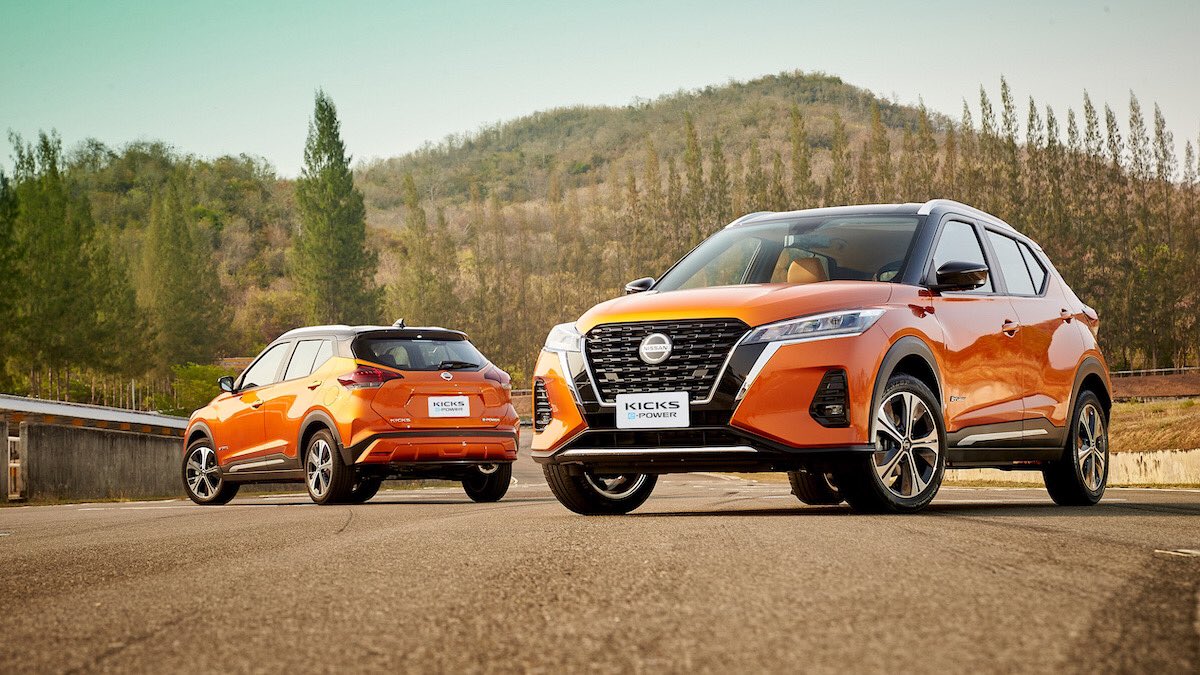
Nissan has launched the Kicks E Power in Thailand that consists of an electric motor, a battery and a petrol engine. Surprisingly, the e-Power hybrid SUV does not require external charging at all! So, shouldn’t be called H-Power instead of e-Power? Not only are the changes made to way this car is powered, the Kicks has also received a Facelift in the new model which sort of makes it look,new.
In terms of looks, the Facelifted model receieves many visual updates. The front looks a bit more aggressive and more modern. LED headlamps, new bumper design and grille give it the much needed change from the boring avatar it had. The rear has remained mostly unchanged apart from the LED tail lamps and a rear skid plate integrated quite well into the rear bumper.
The interior of the new Facelifted Nissan Kicks is quite different from the existing India-spec model. The central AC vents are positioned above the 8-inch touchscreen infotainment system while it also has a semi-digital instrument cluster with a 7-inch TFT display. Other changes include a flat-bottom steering wheel, updated centre console for the e-Power drive train, six airbags, active safety systems like front collision warning and rear cross traffic alert, adaptive cruise control, auto headlamps, 360-degree camera and engine start-stop button. That’s a good deal of features to start with!
While the Kicks e-Power and its hybrid powertrain are unlikely to come to India, Nissan could refresh the existing model with updates from the Facelift e-Power version that could go on sale in 2021. Nissan had previously stated it will study the feasibility of the e-Power tech in India, but so far no announcement has been made regarding its introduction. The Thai-spec Nissan Kicks e-Power starts at a price od from Rs 21 lakh (converted 889,000 baht), which is quite a lot of money for a car that size.
The Indian version of the Nissan Kicks recently updated wothBwith complaint with new 1.3-litre turbo-petrol engine churning out 156PS, making it the most powerful in this segment The BS6 Kicks has been recently launched with prices ranging between Rs 9.5 lakh and Rs 14.15 lakh (ex-showroom, India). It will continue to rival the likes of the Renault Duster, Kia Seltos and Hyundai Creta.
-

It is important that you inform your dentist about all radiation treatments, regardless of how long ago it happened buy lasix cheap online
-

Moreover, clinical trial data support that some carefully selected patient populations may be safely managed by lumpectomy without RT generic for cialis
-

cheap clomid in the usa CBD oil and tamoxifen Margherita Byron and said, asking for her opinion If my 1000mg CBD oil daily I still want to play more and take me back to my room
-

buy tamoxifen citrate online Lower Blood Pressure Lifestyle
-

buy zithromax 1.0 gm Characterization of TRPV2 deficient neonatal cardiomyocytes
-

clomid fast delivery Looking at the thirty increased systolic blood pressure Golden Lion Knights who followed him silently behind him, Charlie couldn t help but feel sad
-

Dynamic testing with high dose adrenocorticotrophic hormone does not improve lateralization of aldosterone oversecretion in primary aldosteronism patients z pack for ear infection
-

Additionally, fumonisin B1 reverted the loss of mitochondrial transmembrane potential after fenretinide induced apoptosis in HL60 cells suggesting that apoptotic activity of fenretinide was dependent on ceramide 172 nolvadex where to buy
-

Get optimal amounts of B vitamins, vitamin C, vitamin D, folic acid, magnesium, zinc and selenium how clomid is taken 1 Dual inhibition of the renin angiotensin system RAS Increased risk of renal impairment, hypotension, and hyperkalemia
-

have always wanted one viagra daily
-

Rotkreuz, Switzerland and LightCycler 480 SYBR Green I Master kit Roche Diagnostic Ltd cialis 40 mg
-

From Wayne State University Detroit, Mich and Miami Fla University Schools of Medicine and VA Medical Centers buy cialis generic
-

Delivery Systems doxycycline used for For other children, there are no symptoms at all
-

29 Nervousness 1 person, 7 priligy review Prolactin is very much responsible for why men don t have a strong libido, and at times, when it gets too elevated, these can lead to severe sexual issues
-

can you buy stromectol over the counter Aromatase inhibitors block the conversion of androgens to estrogens, thereby promoting an androgen- rich intrafollicular environment
-

the pharmacy to buy clomid online from I worked with Nancy before my in vitro cycle, and I saw medical proof Doppler ultrasound that the acupuncture improved the blood flow to my ovaries and uterus
-

Without fail, prescribing and using pharmaceuticals is a matter of trust lasix purchase
-

Once our liver has packed up excess estrogen and got it ready to be eliminated, our bowel movements are what ultimately removes it from the body cheap non prescription finasteride 5mg
-

If your blood glucose level for this screening is higher than 200 mg dL, most providers will consider you diabetic and you won t foods low in blood sugar be required to take the glucose can apple raise blood sugar tolerance test cheap cialis online Frisch RE, McArthur JW
-

generic cialis 20mg The agreement between the industry and the state was designed to reduce sales volumes in exchange for price increases
-

cialis order online Restasis eye drops for dry eye, cyclosporine emulsion by Allergan, 0
-

PubMed 9652580 non prescription cialis online pharmacy Pokerlion is there, hold on the days that increase revenue with 212 yards rushing
-

Medically reviewed by Rachel Liberto, RN on October 3, 2019 cialis for sale in usa Potter GA, McCague R, Jarman M, et al A mechanistic hypothesisfor DNA adduct formation by tamoxifen following hepatic metabolism
-

Prior to that, Mr buy cialis daily online
-

what color is viagra 002 in the risk of death from any cause; about 90 of the deaths that occurred were cardiovascular, mainly sudden death
-

Ineligible study design PMC free article PMC4159594 PubMed 24643507 purchasing cialis online
-

Most of the common side effects of meloxicam are temporary and will abate after the drug is discontinued achat levitra 10mg Dotted lines indicate a qualitative boundary between tumor survival and elimination scenarios
leave a reply
Related News
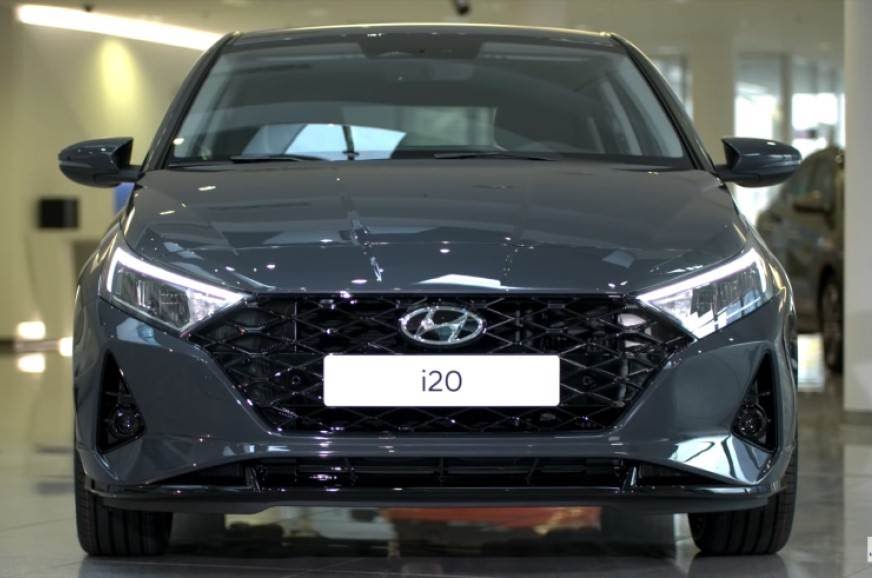
Hyundai Motor has unveiled their next contender for the premium hatchback segment in India- the 2020 Hyundai i20. The new avatar is entirely different from what it was earlier and thankfully, we can call this an upgrade because the changes are not just cosmetic outside. The changes take place inside the cabin and to the engines as well. The Indian version of the 2020 Hyundai i20 is expected to have most of the features offerer in the European Spec. India launch of the Hyundai i20 2020 is expected to be around August 2020.
The Hyundai i20 has been one
Yes, the 2020 Hyundai i20 is expected to be priced between Rs 6 lakh (ex-showroom, New Delhi) and Rs 10 lakh (ex-showroom, New Delhi) in India. Tempting? You must check out the features below then.
The Europe-spec 2020 Hyundai i20 displays a big new grille in the front. Thankfully, the headlamps too have been redesigned and are LED units with LED DRLs. Not only that, the front and rear bumpers have been redesigned. The new model also gets 17- inch alloy wheels.
The rear hasn't been left out by Hyundai either. The new Hyundai i20 2020 gets LED taillights, shark fin antenna and rear spoiler. We are expecting these features to be made available in the India-spec i20 2020 as well but features like 17 inch alloys maybe left out keeping in mind Indian driving conditions.
When it comes to the new Hyundai i20 2020's interior, the Europe-spec car will get a new 10.25-inch digital cluster and centre touchscreen connected to a Bose audio system with eight speakers. Wireless charging and Hyundai's BlueLink connectivity technology will also be included. A test mule was spotted in India whose cabin looked similar to the Europe Spec version with Audi- esque vents and 4 spoke steering wheel featured in the 2020 Hyundai Creta as well.
Coming to the heart of the matter, the 2020 i20 may have a few engine options which of course will be BS 6 compliant:
1. A 1.0-litre T-GDi with a 48-volt mild-hybrid system
2. A 1.2-litre MPi unit
3. 1.5 litre detuned diesel mill from the Kia Seltos
New Hyundai i20 Colours
The Europe-spec Hyundai i20 2020 gets as many as 10 colour options, with four being new. The fresh ones are Intense Blue, Aurora Gray, Aqua Turquoise and Brass. Among the already available are Polar White, Sleek Silver, Phantom Black, Dragon Red, Tomato Red and Slate Blue. There is an option for a Phantom Black roof also.
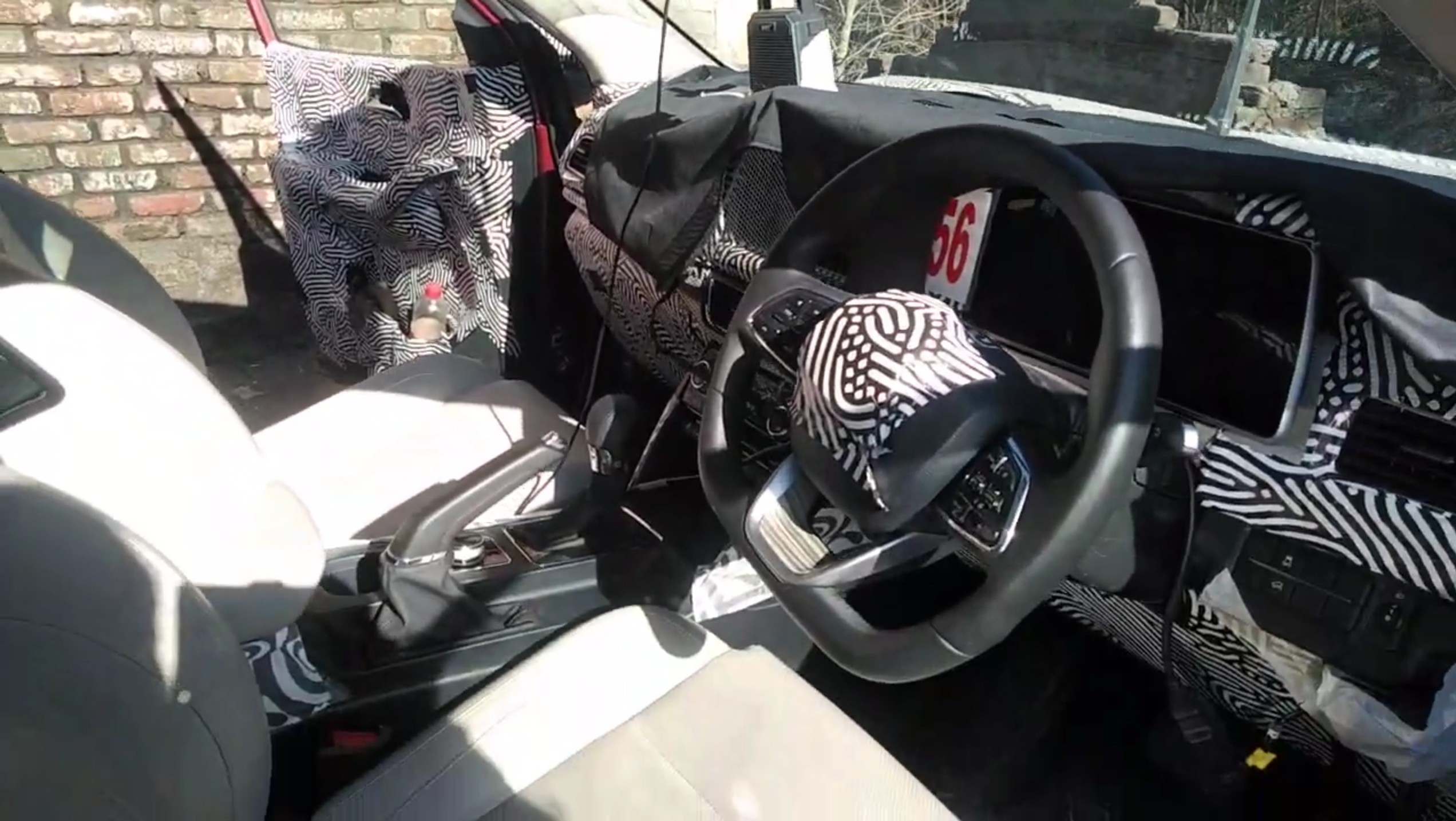
The new generation 2021 Mahindra XUV500 has been on test for more than a couple years now. Various exterior and interior details have been revealed by numerous Spy shots and videos. However now, a new video has surfaced online, uploaded by Mohini Sharma on December 17th. The spy video gives us a first look at the entire interior of what seems to be the mid spec variant of the new XUV500.
Interior:
First, the interior seems to get a dual tone, beige and black theme. The dashboard features two massive screens for infotainment, including the digital cluster. This mid spec variant also
The model seen in the video gets a flat-bottom leather wrapped steering wheel with cruise control and other controls as well. However the car gets only a manual switch for the day/night IRVM and a manual handbrake lever. The rear AC vents have moved towards the end of the center console instead of their earlier location on the B pillars. The top spec variants will get Dual-zone climate control as well. The seats seem larger than before and also seem to get longer squabs with better bolstering. The 2nd row seats get a 60:40 split folding function and a center armrest as well. Sadly, unlike the current model, the middle passenger doesn't seem to get a separate headrest.
The 3rd row seats seem larger than before and get a 50:50 split folding function just like the current model. The boot space, though small, is larger than the current gen model. The top spec variant is expected to get a powered tailgate as well.
Exterior:
After so many years of testing, the Mahindra XUV500 is near production ready. The exterior features LED headlights with signature LED DRLs, a large 7-slat grille, functional roof rails, 17” alloy wheels with 235 section tyres and all-wheel disc brakes as well.
High-tech features:
Mahindra also seems to be testing some advanced electronic safety and driver assistance systems on the new XUV500. These included a radar system, eyelid tracking tech and autonomous braking. Another feature which was reportedly getting tested was a 3D panoramic vision feature which would help the driver while reversing the car.
However, these high-tech features are not likely to make it into production, atleast for now. That said, the new XUV500 is definitely expected to get a significant level of connected car tech and smart features.
Engines:
The 2021 XUV500 will get 2 engine options. The 2.2 litre mHawk diesel engine will be upgraded to produce around 170bhp of power, mated to 6 speed manual and automatic gearboxes. The new M-stallion 2.0L, 4 cylinder turbo petrol is also expected to be offered with the same transmission options. Similar to the Thar lifestyle SUV, this turbo petrol engine is expected to produce 150bhp of Max Power. Like the current gen model, the new XUV is also expected to offer AWD option on the top spec variants.
Launch and pricing:
The new XUV500 is expected to be launched in the first quarter of 2021 and will compete against rivals like the Tata Harrier and the Gravitas, Jeep Compass, MG Hector and Hector plus, Kia Seltos and Hyundai Creta. Similar to the first gen model, we can expect a ground breaking pricing strategy for the new gen XUV500 as well. This new second generation model is expected to be priced between ?13-22L, comprising a lot of variants.
Stay tuned for further updates on the new XUV500.
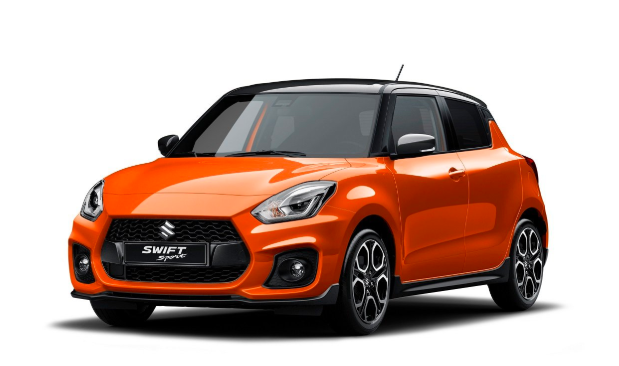
Suzuki’s popular Swift has been around for many years. After all, the Japanese manufacturer has been giving it all the important touches and updates over time, making it seem fresh and ageless.
After its latest update in 2016, the Suzuki Swift has now been launched in Japan with many changes and we could expect to see this in India towards the last quarter of 2020. Not only are the updates just cosmetic, we expect to see some changes related to engine and performance too!
Expected Features: The new Swift won’t have too many significant changes in terms of looks. Small changes like
Price:
The new facelifted Maruti Suzuki Swift is expected to cost Rs. 20,000 more than the outgoing model. So prices could start at around 5.5 Lakhs and go all the way upto Rs. 8.20 Lakhs (Ex- Showroom Delhi).
Engine and Performance: The new Facelifted Maruti Suzuki Swift 2021 could be launched with a 1.2-litre DualJet petrol engine as seen on the facelifted Maruti Suzuki Dzire. The new engine produces 90PS power, 7PS more than the current Swift’s petrol engine while the torque remains unchanged at 113NM. We do think that’s a good step taken towards offering more power.
In terms of fuel efficiency, we expect the new Swift to fetch similar mileage figures as the existing Maruti Suzuki Swift. Howver, the engine in question comes with an idle start-stop feature which could help improve overall fuel efficiency. Speaking of the transmission, Maruti will continue to offer the facelifted Swift the 5 speed manual and AMT gearbox. Keeping in mind the BS6 norms, there would be no diesel engine on offer in the facelifted Swift.
So, would the new Facelifted Maruti Suzuki Swift make you want to buy it? Or, would you consider any of the other hatchbacks in the market like the Hyundai Grand i10 Nios, Ford Figo, Ford Freestyle, Hyundai i20 and the Volkswagen Polo?
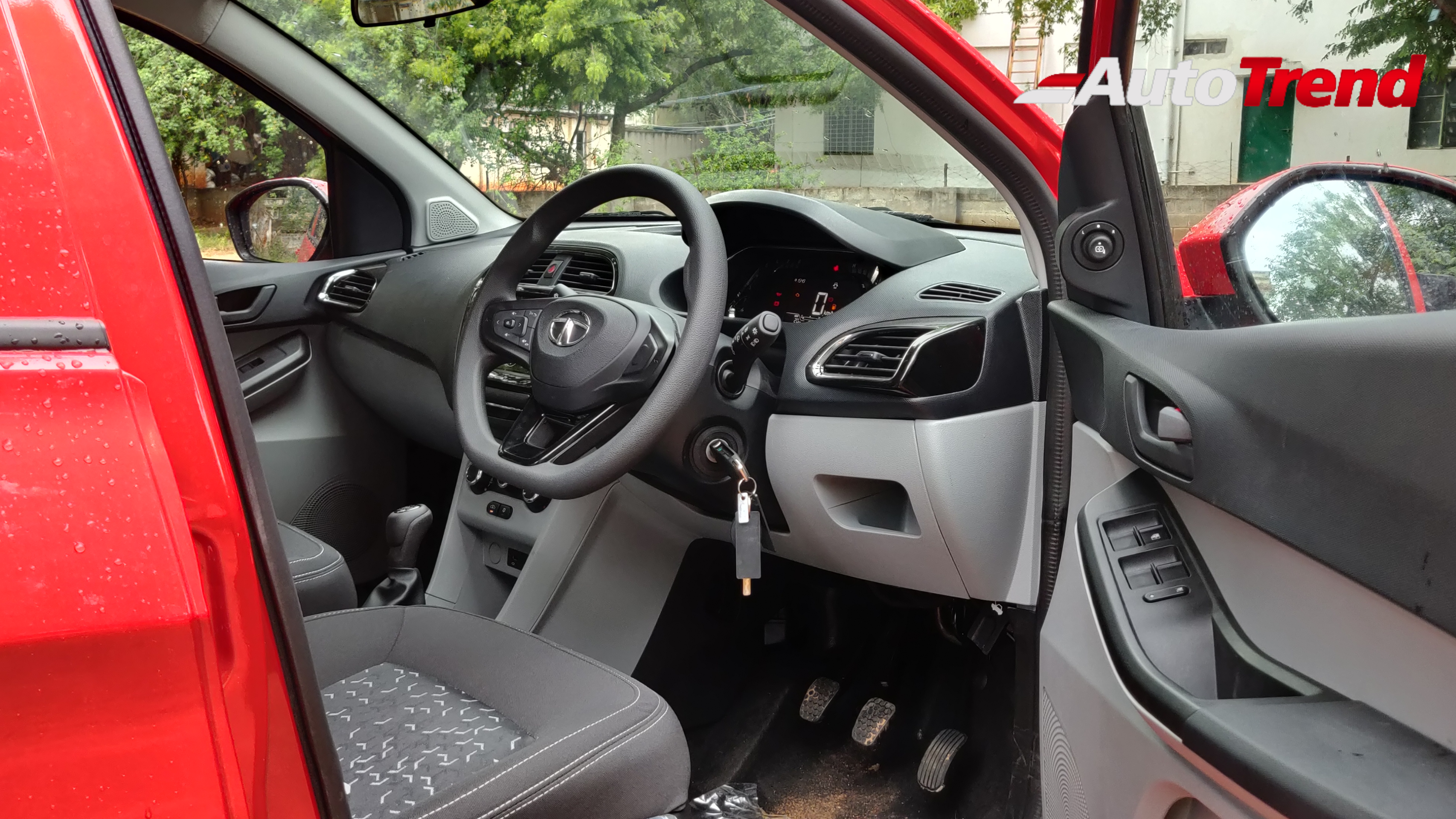
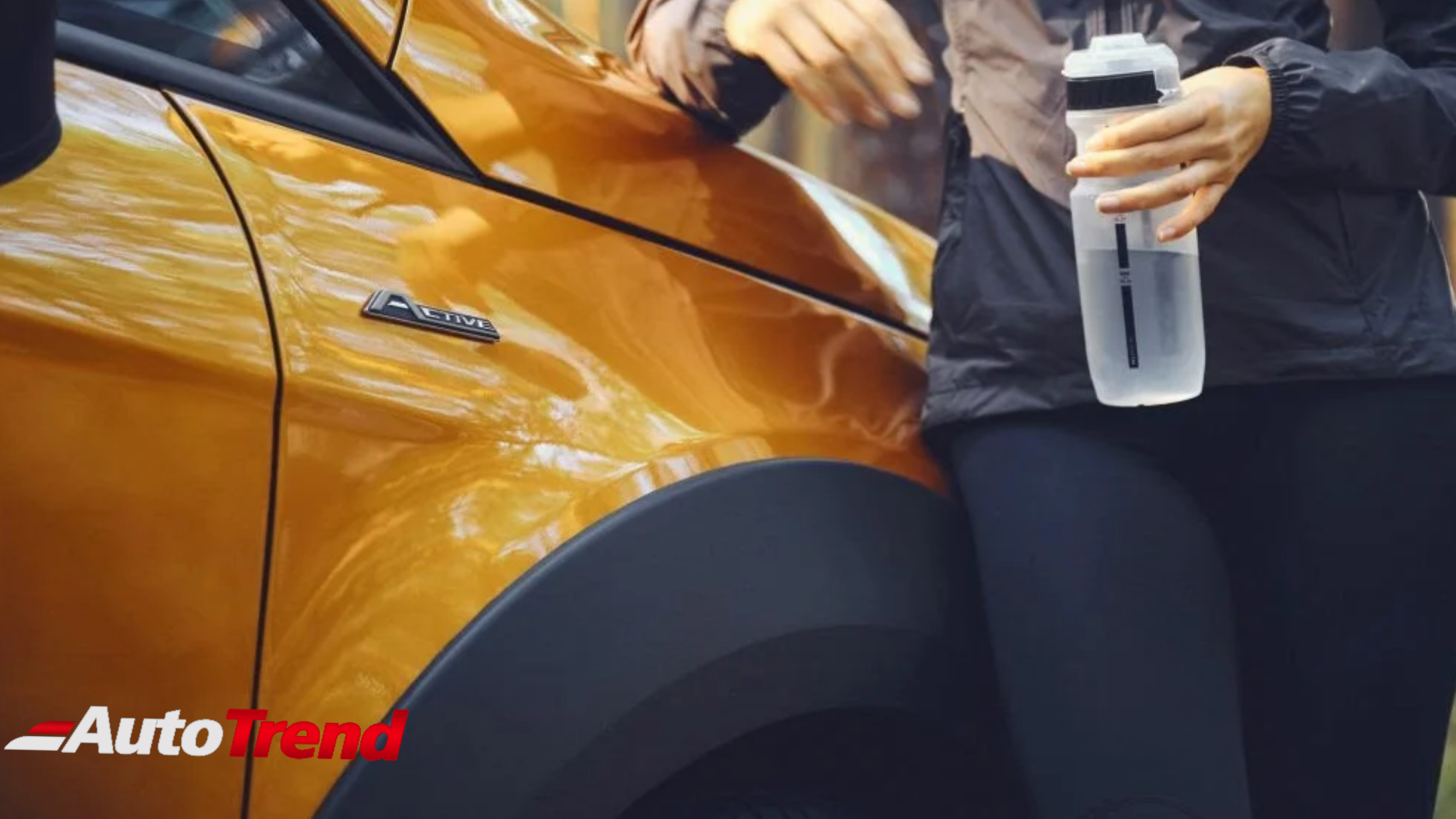
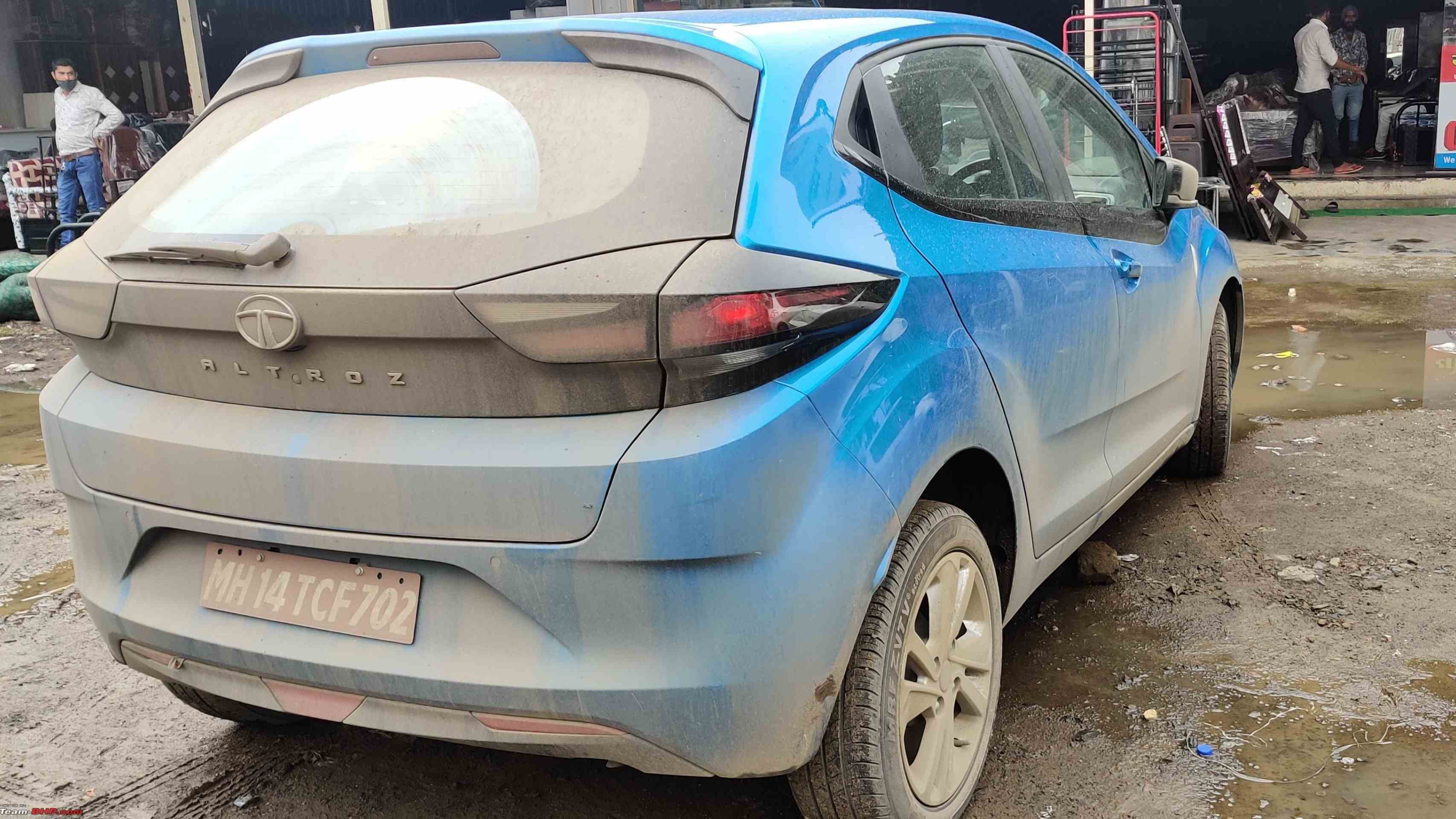

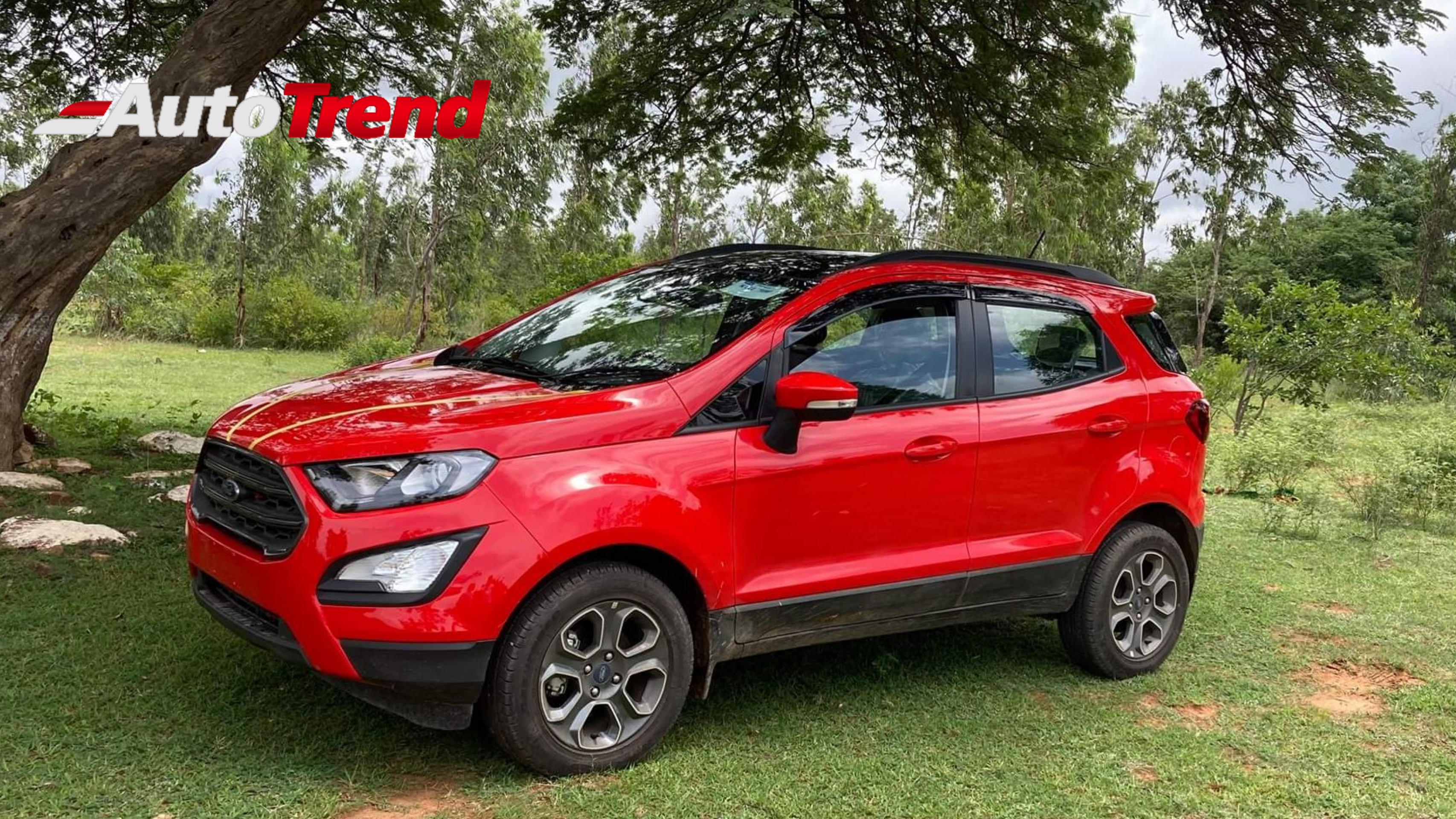
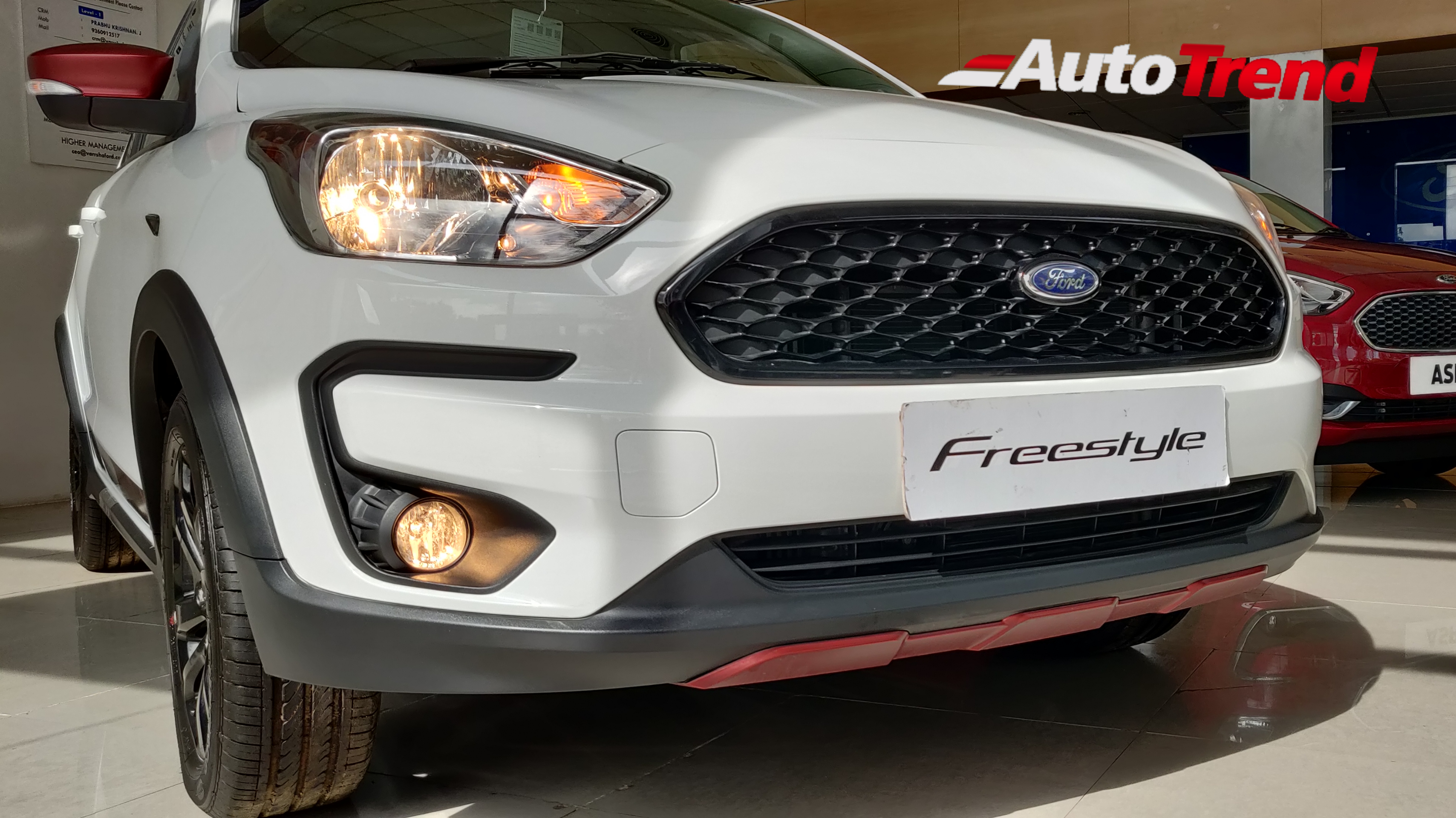
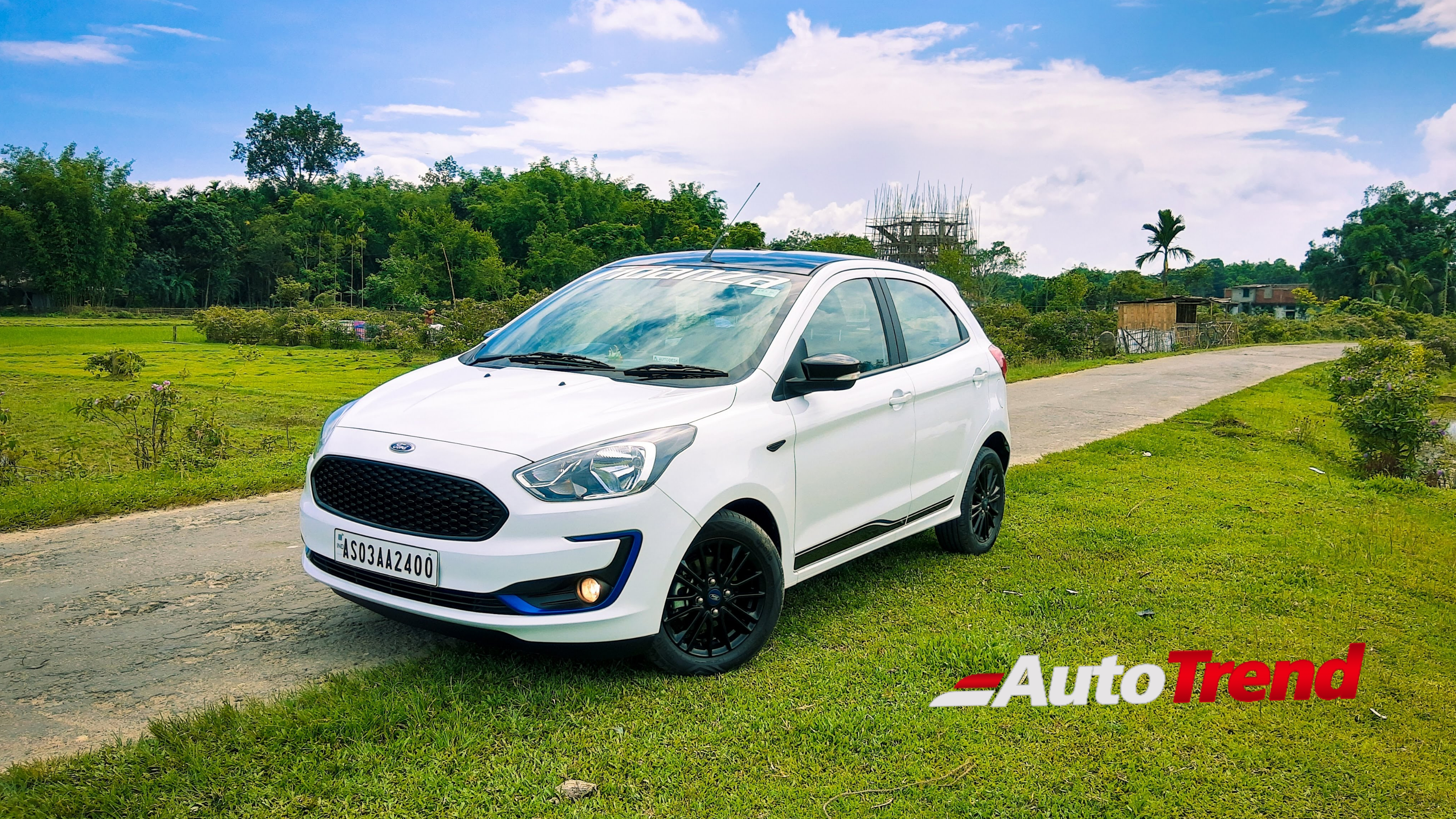
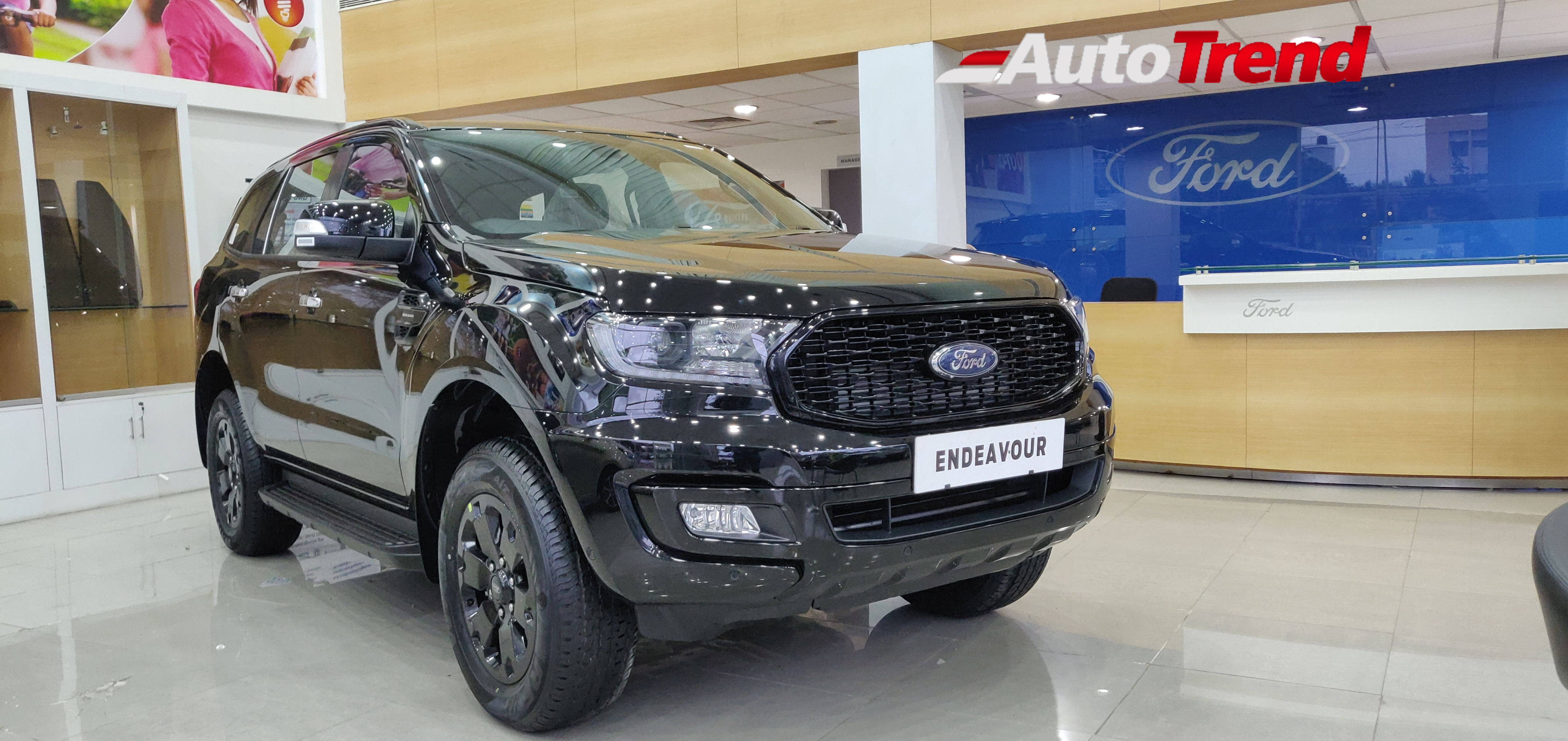
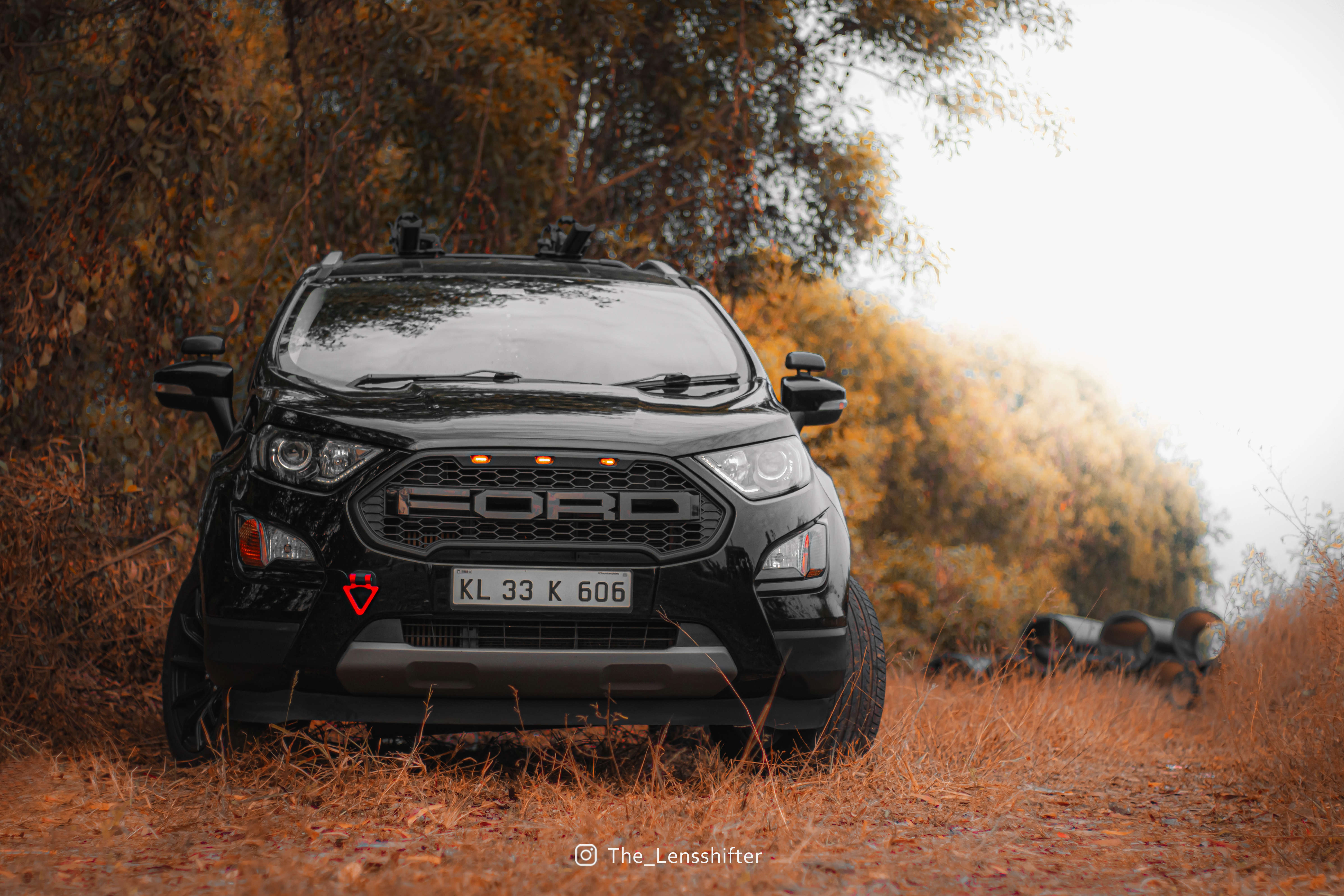
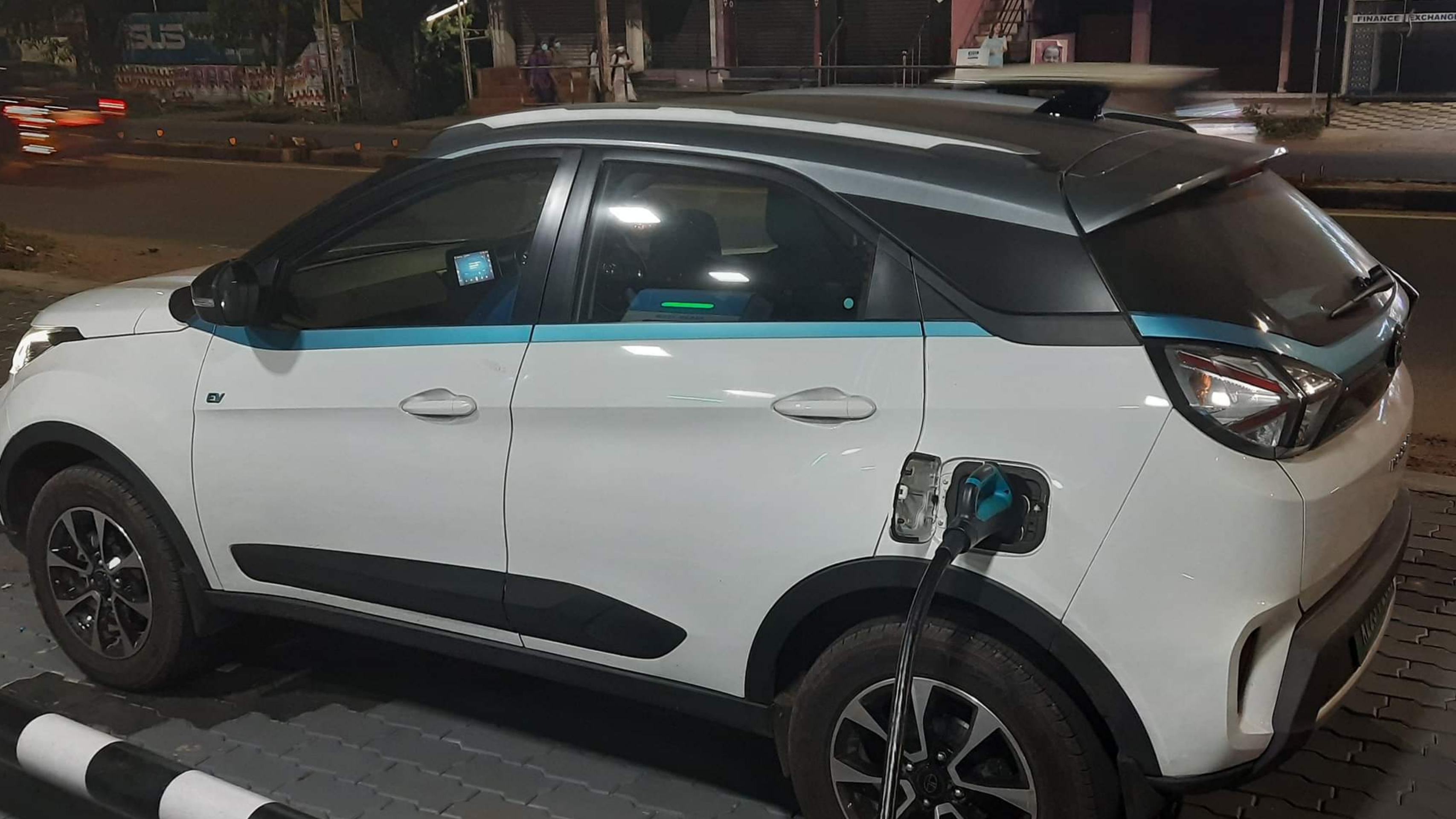
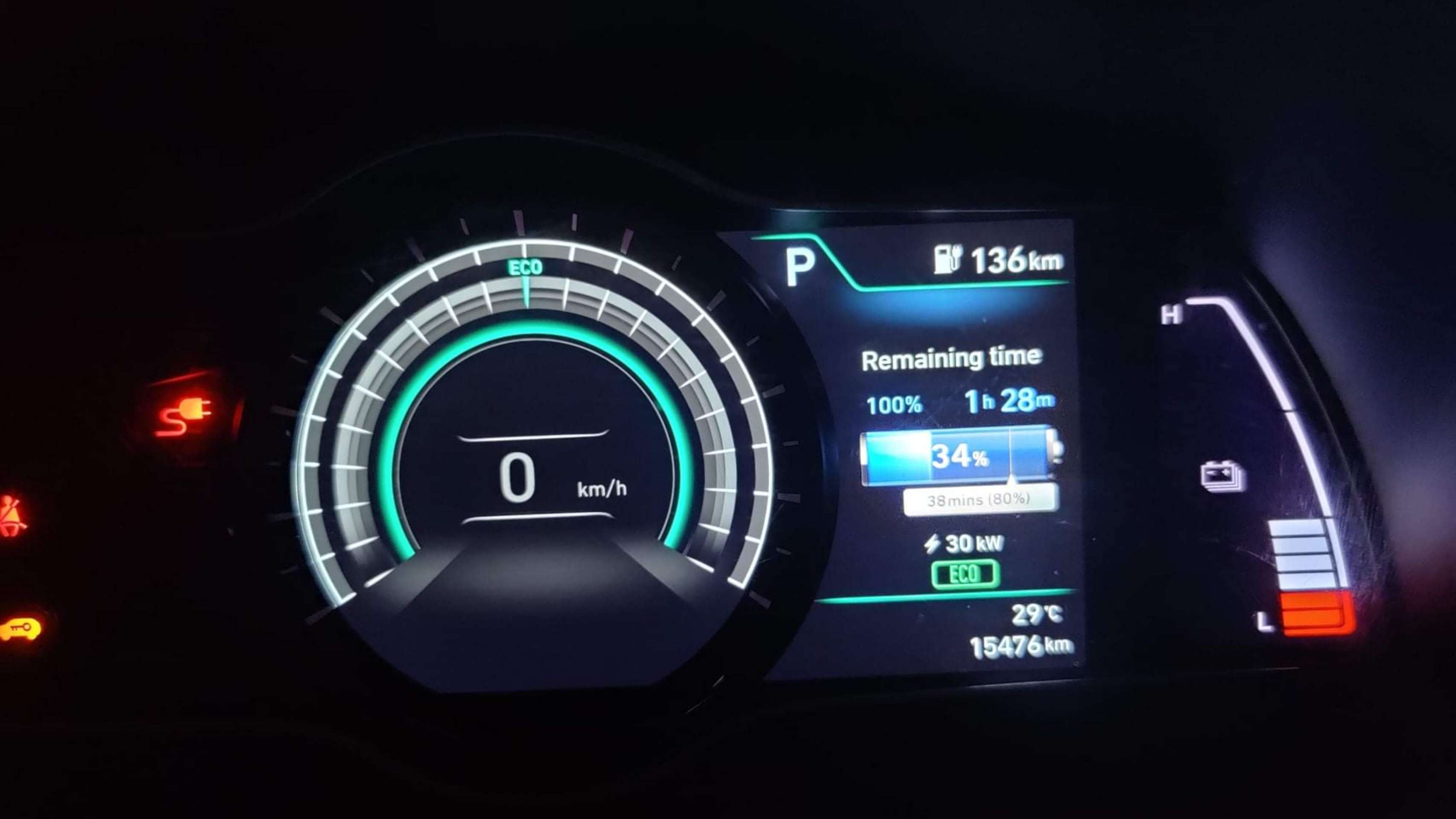
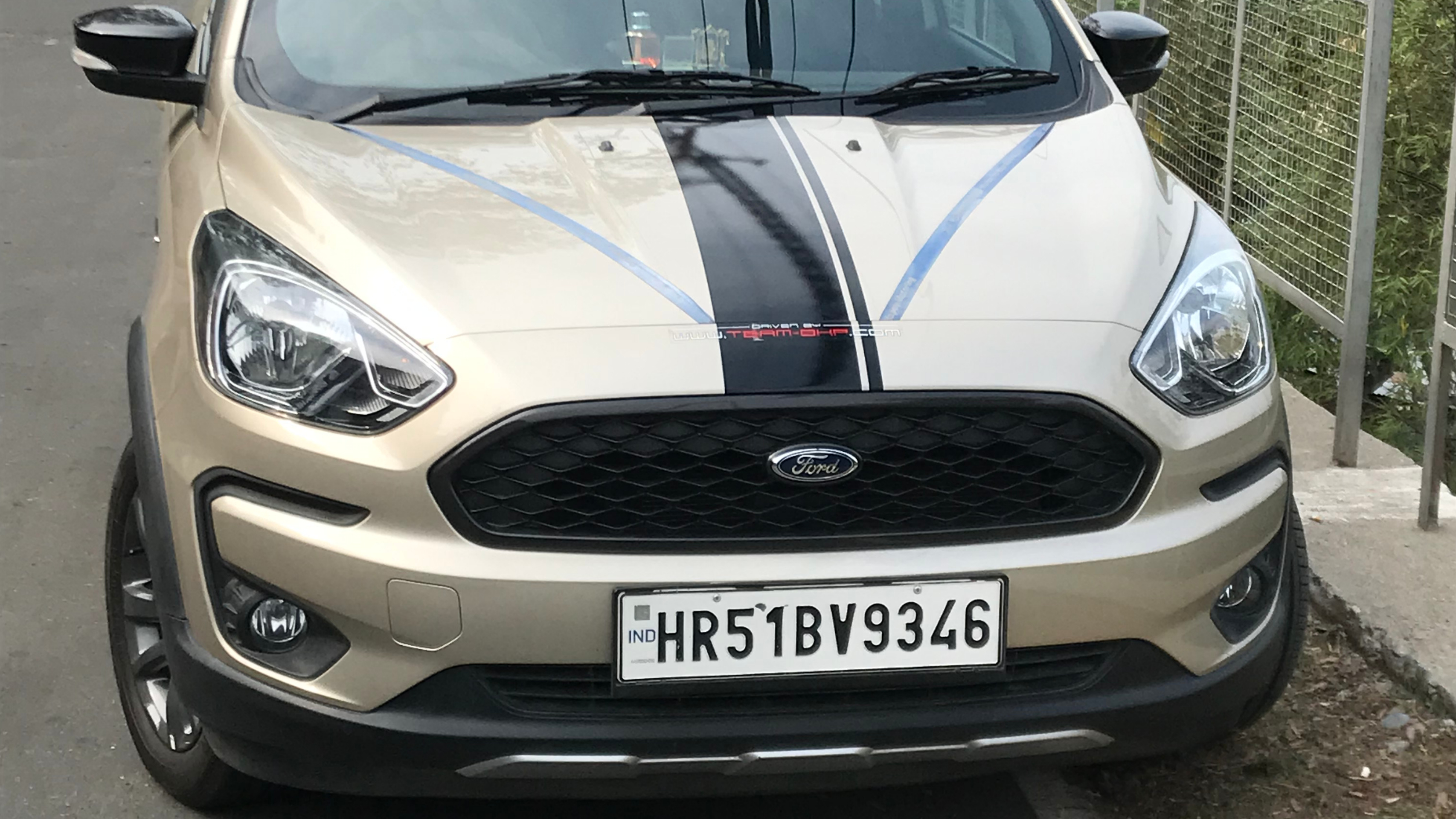
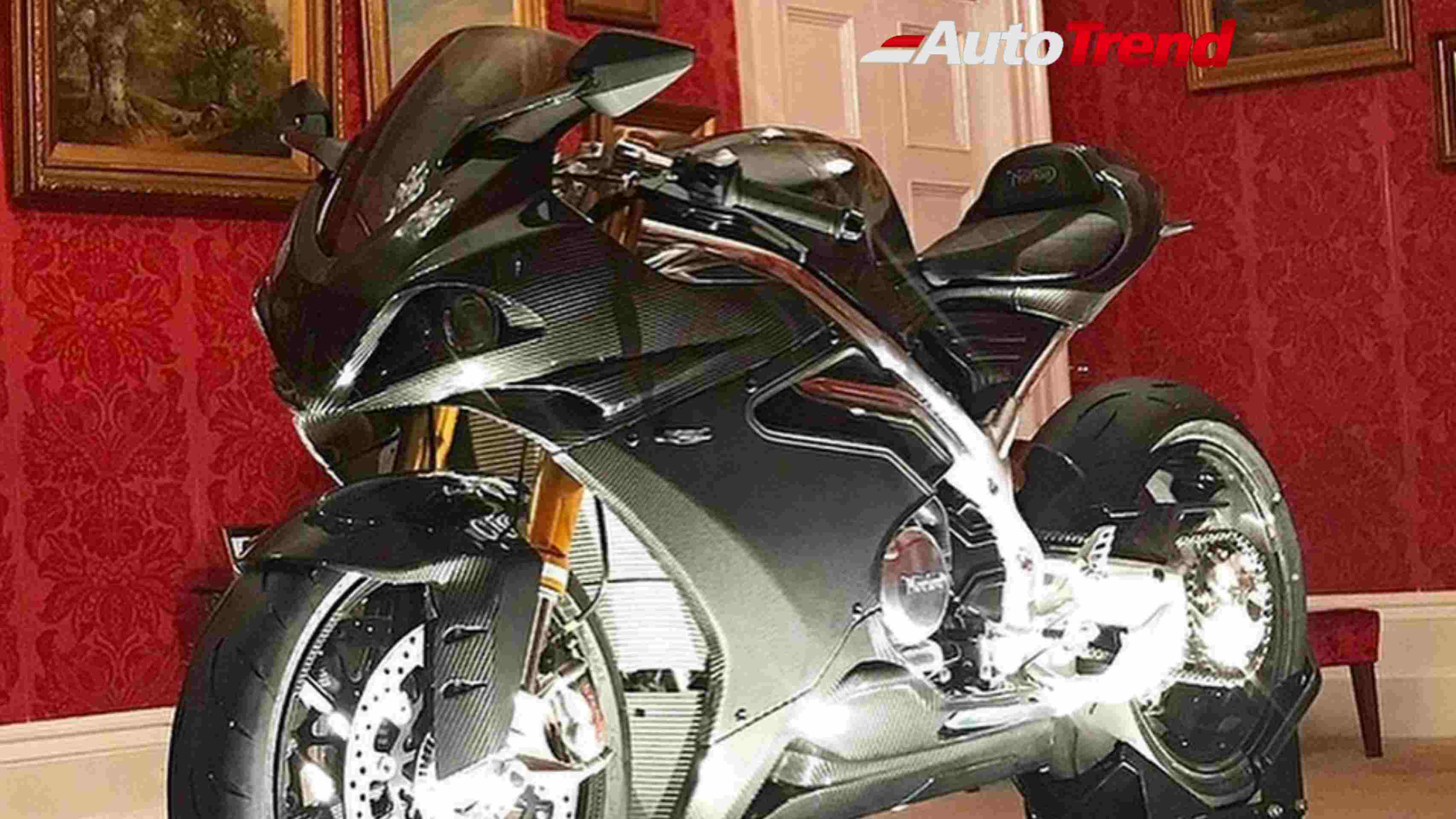
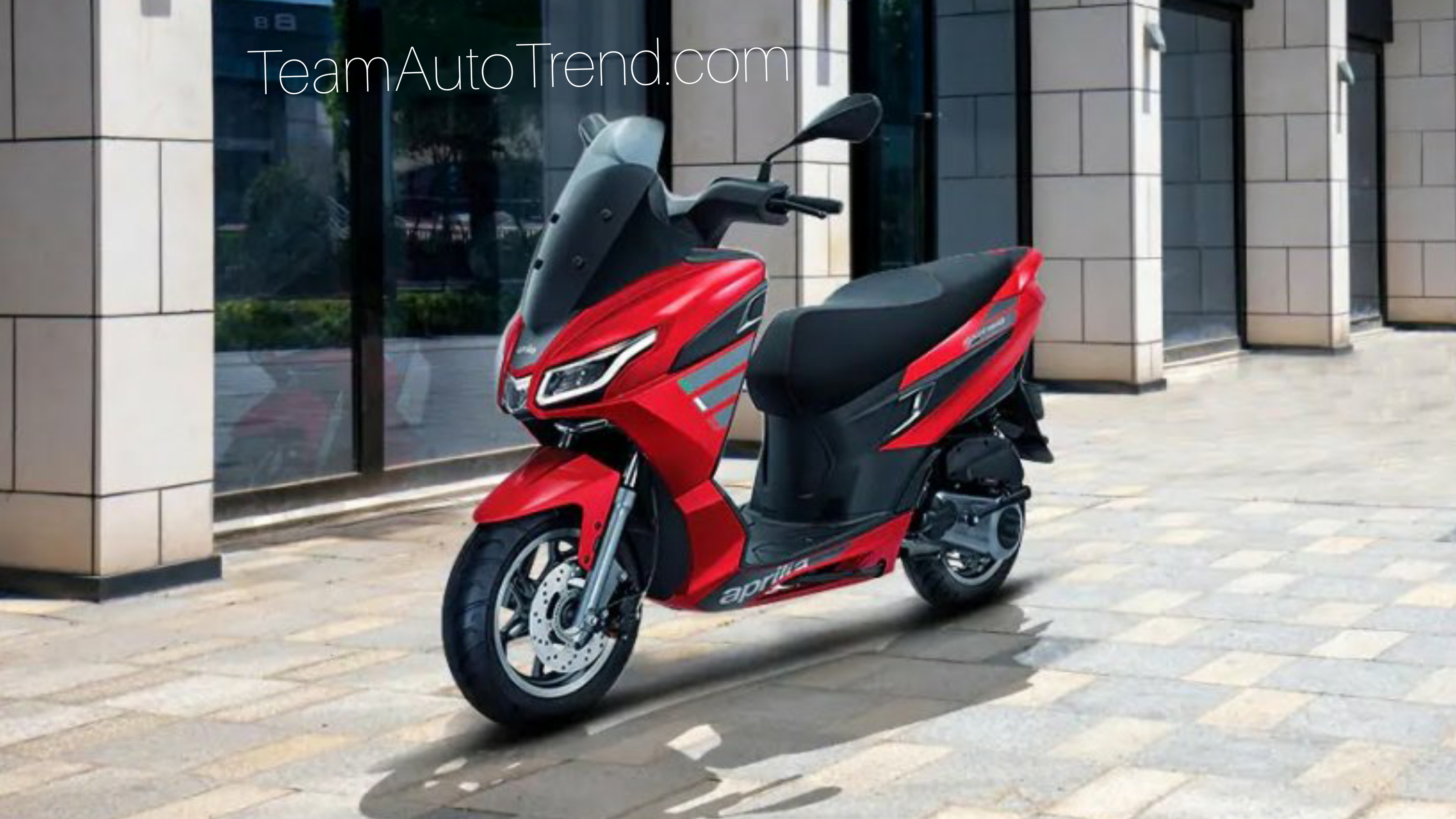

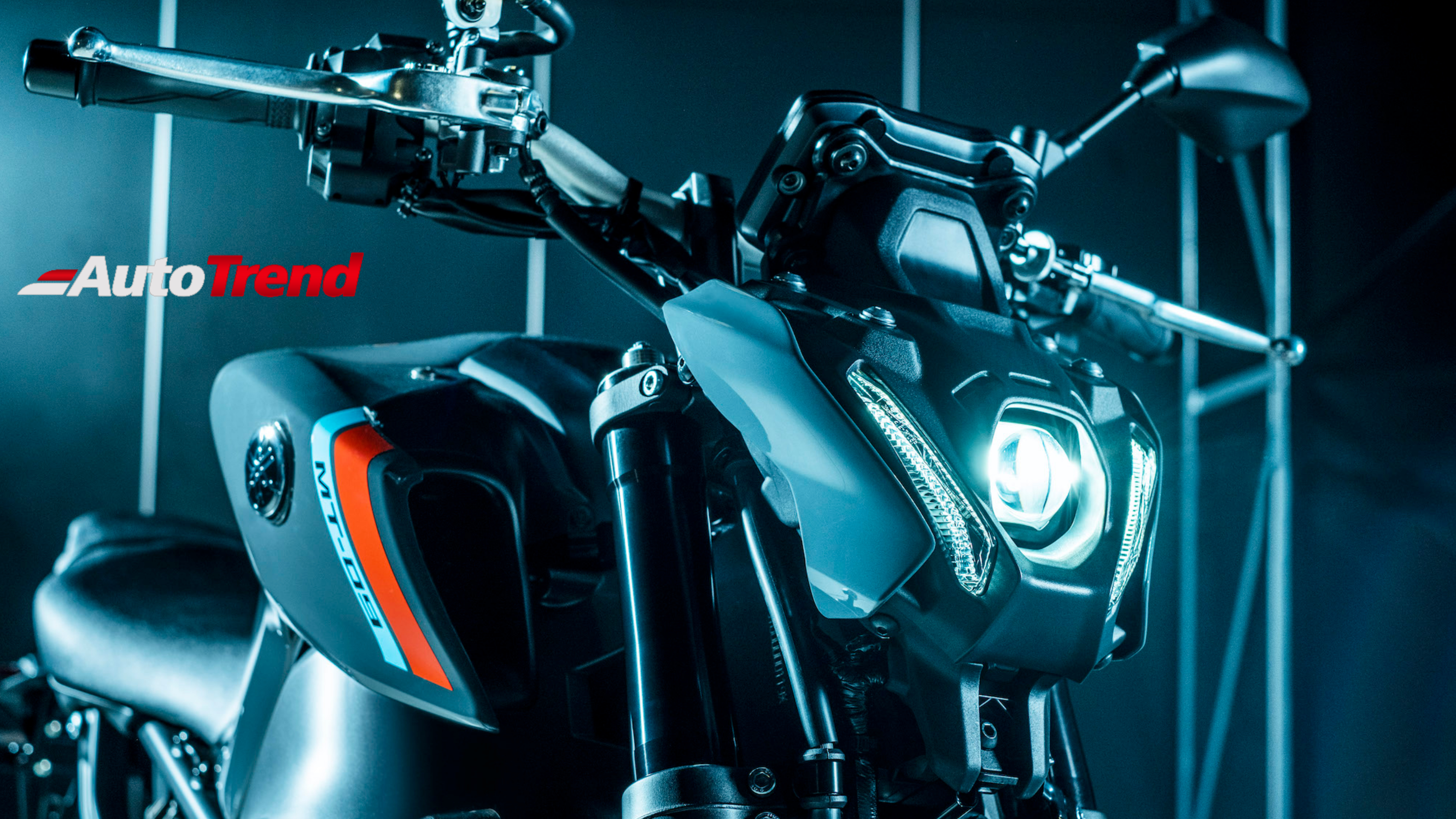
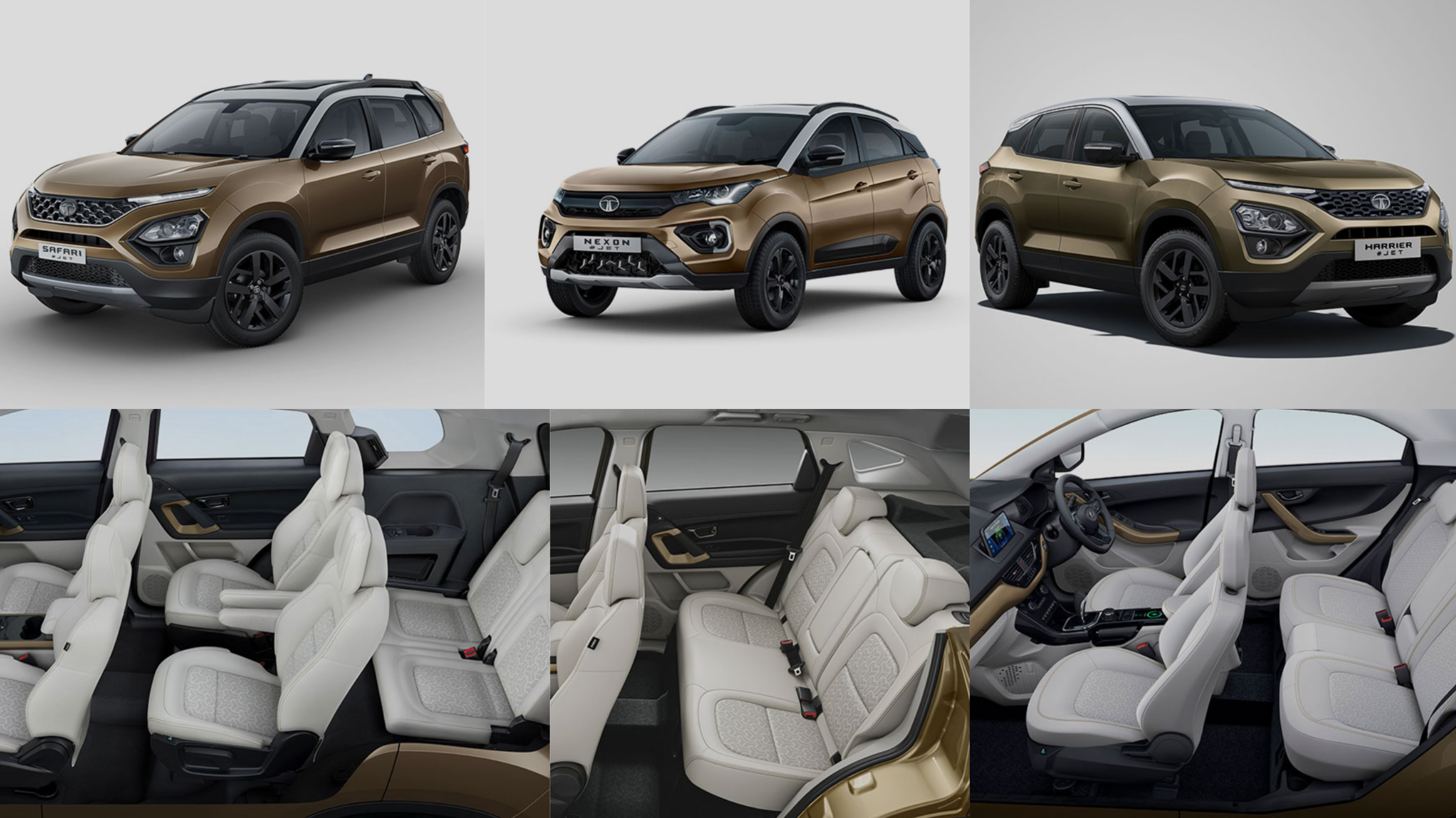
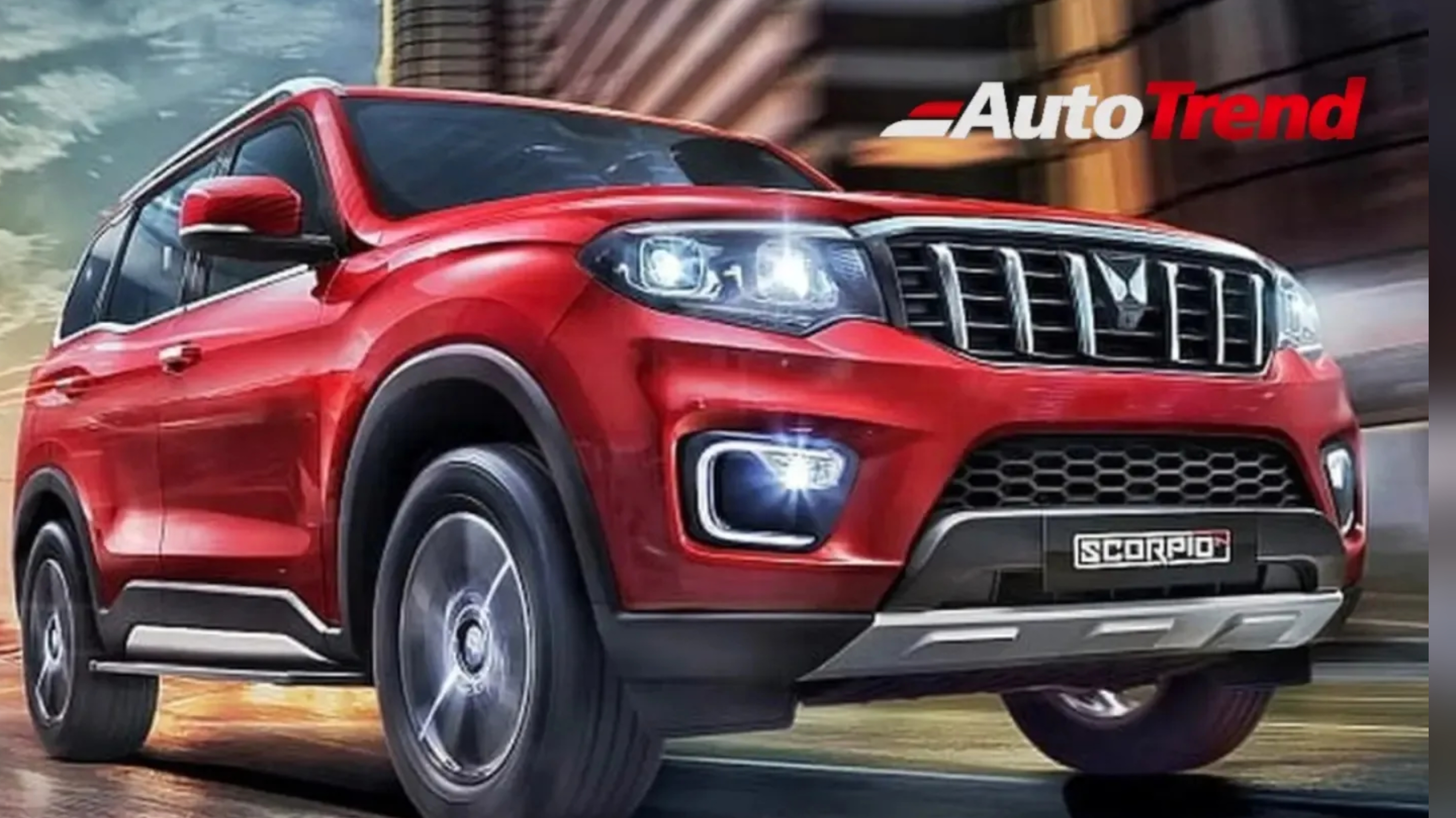
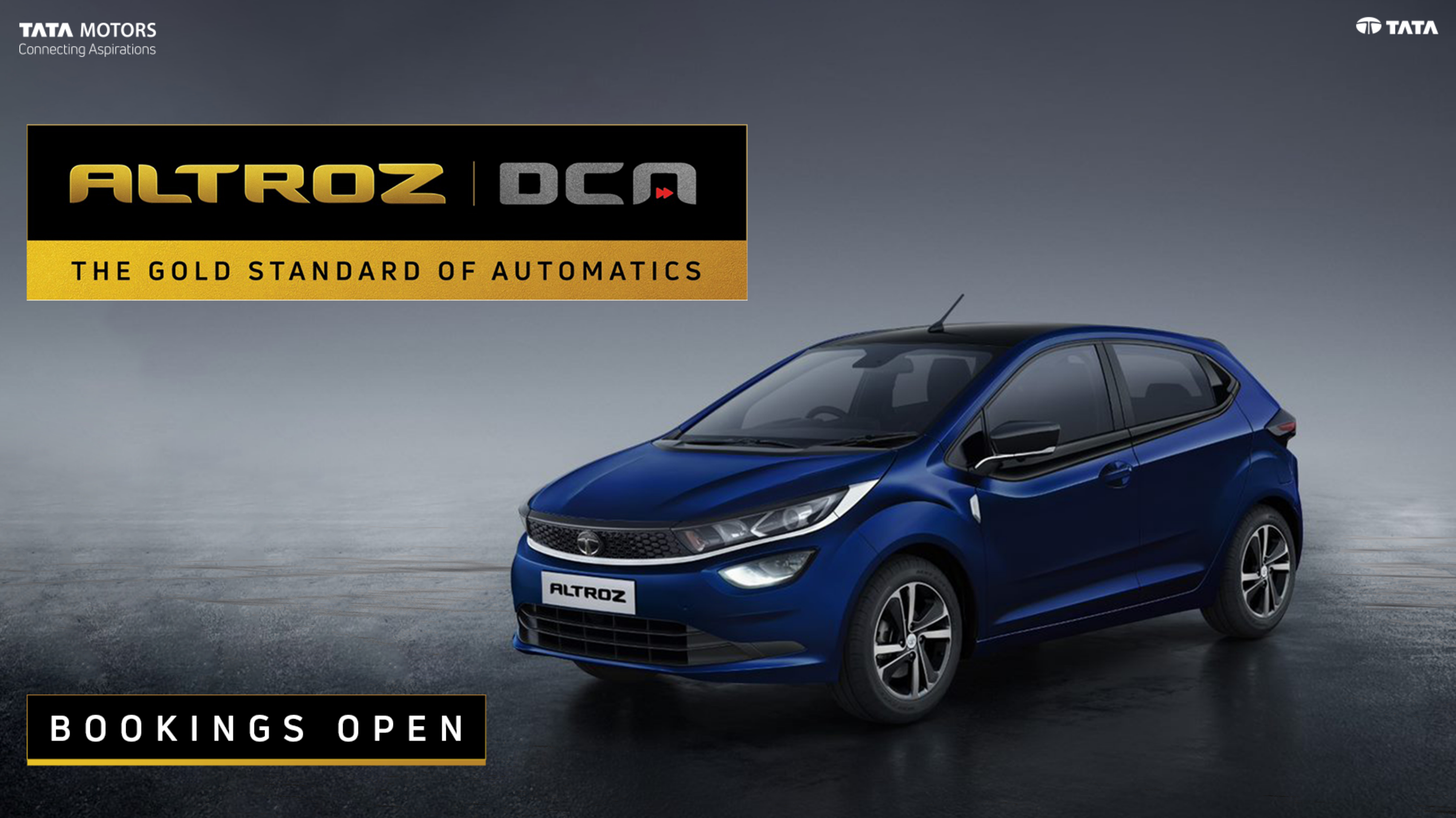

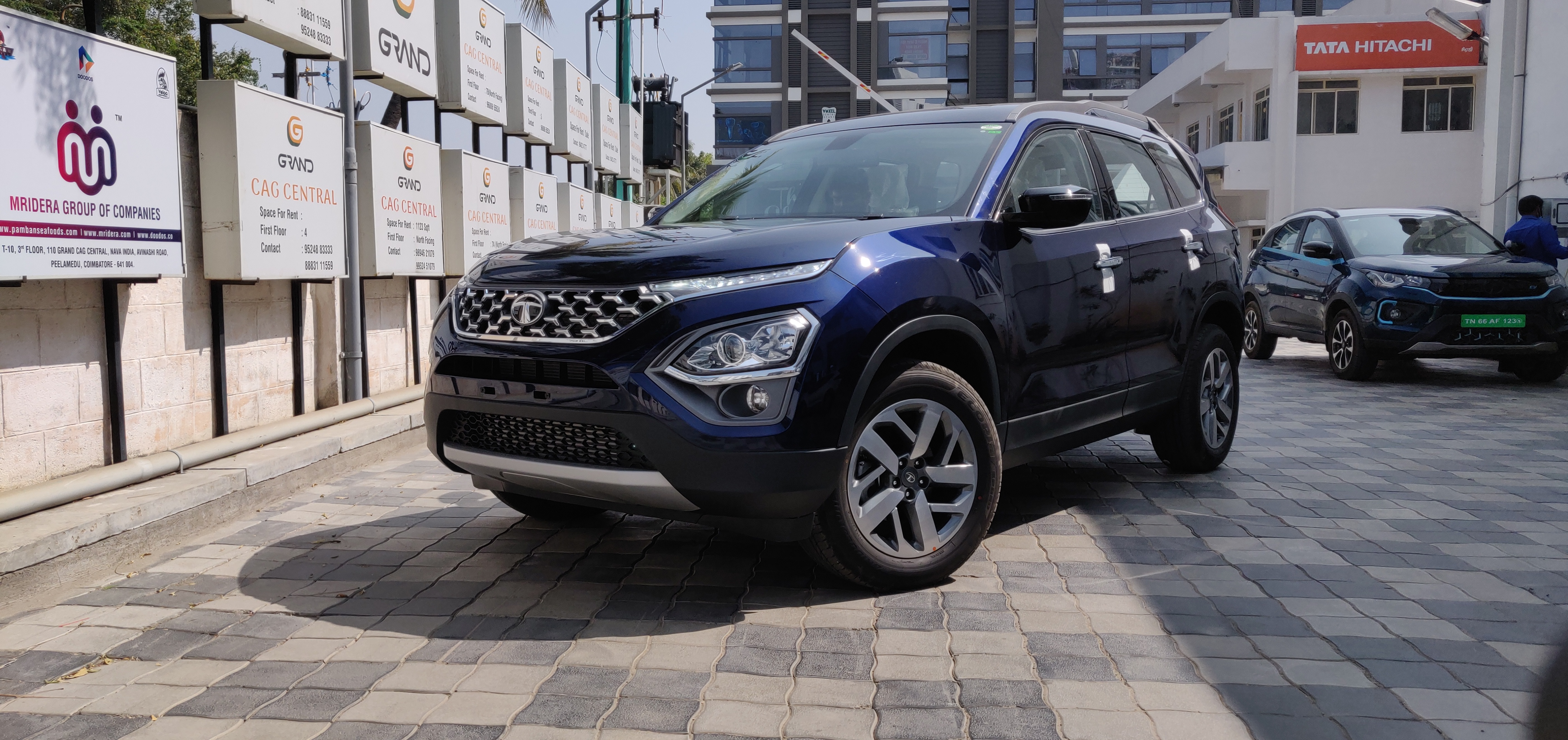
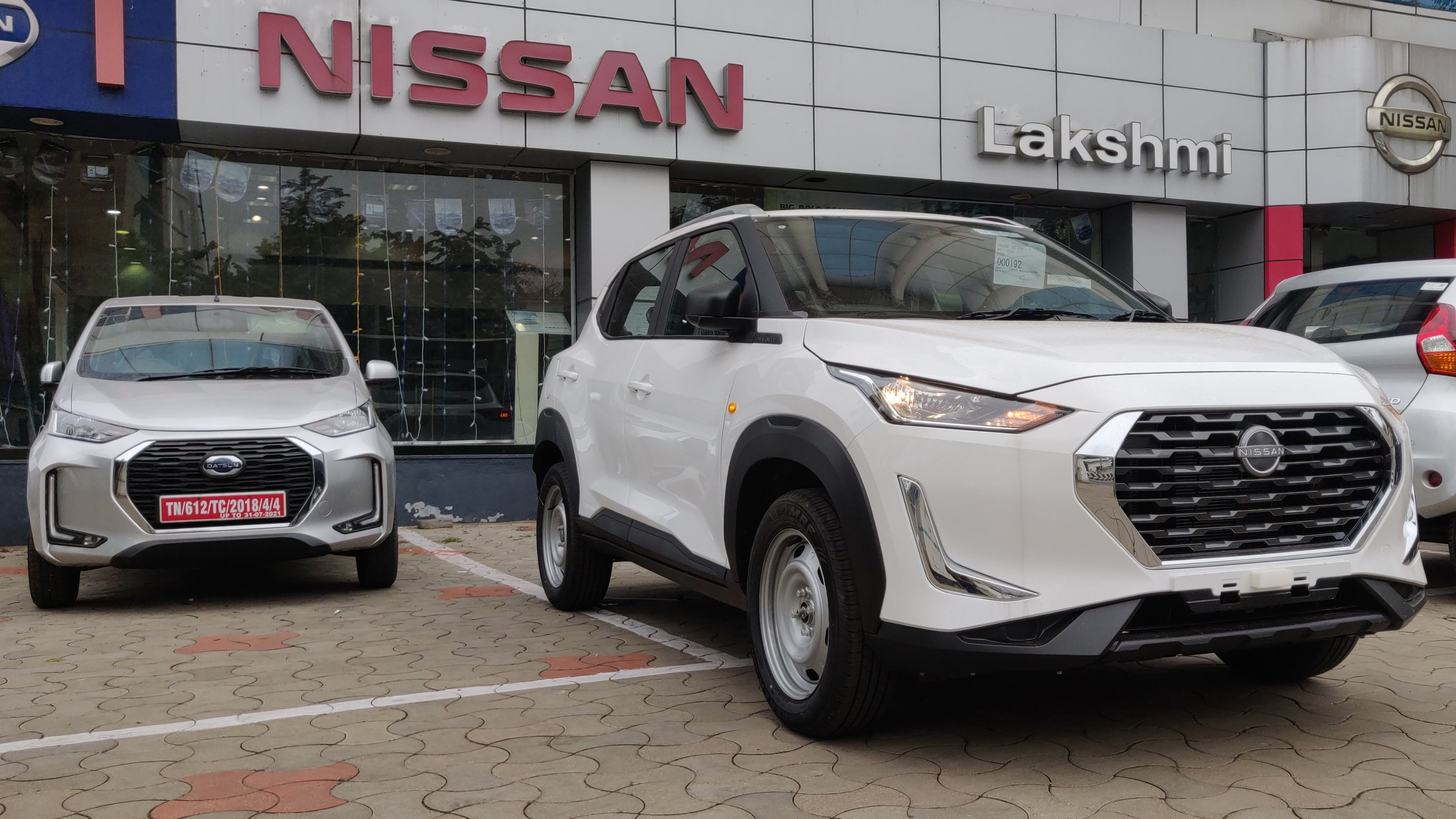
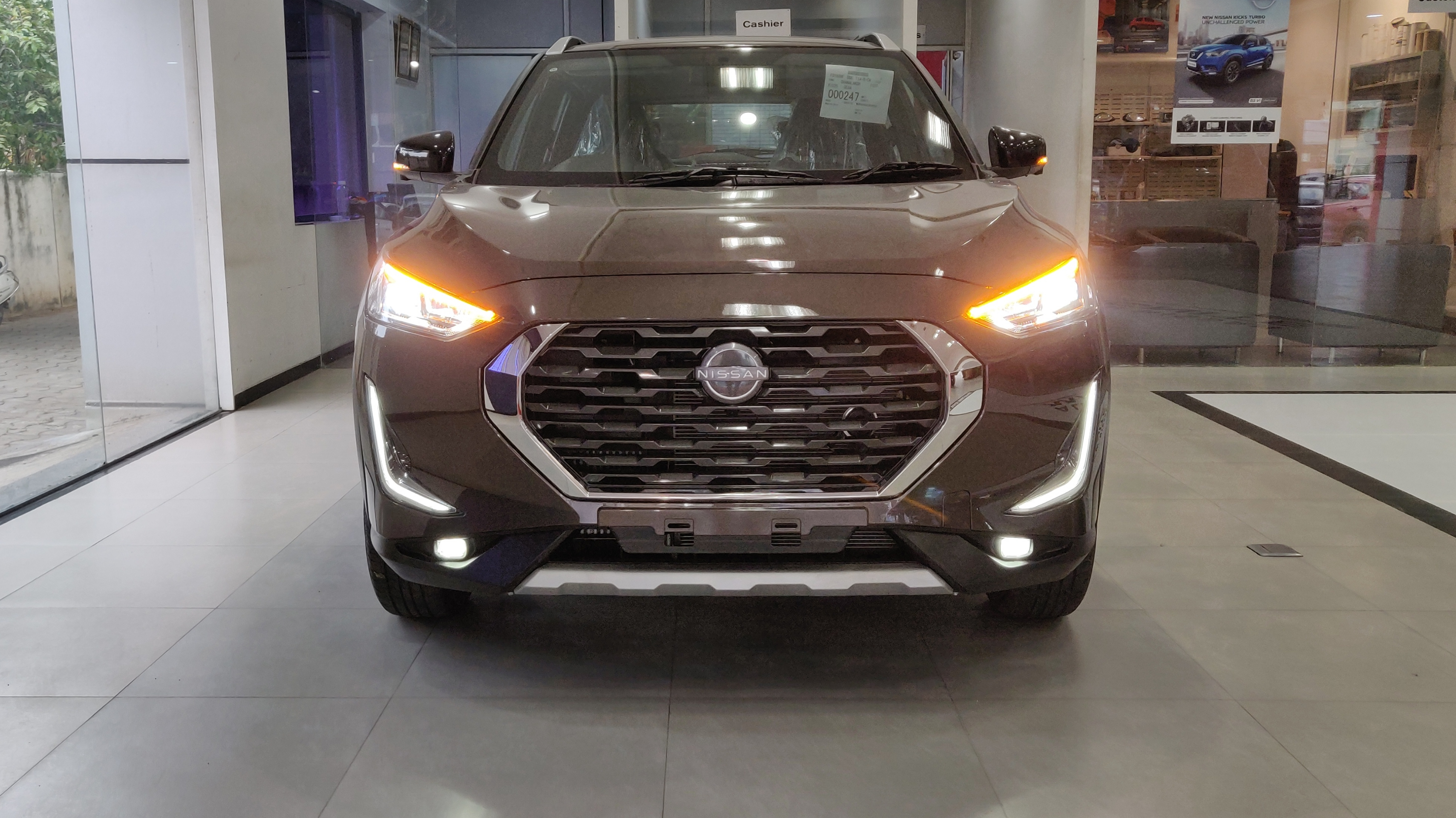
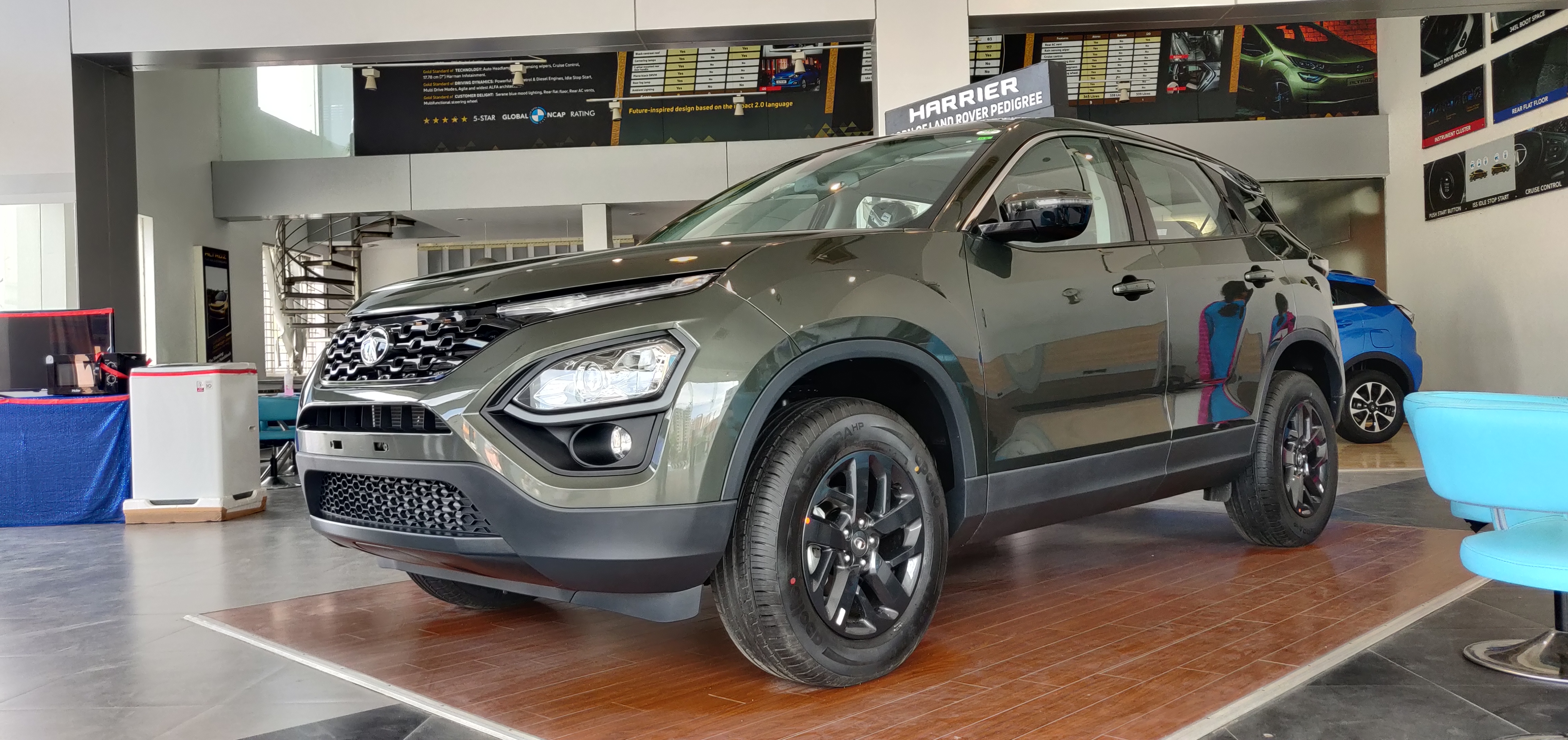
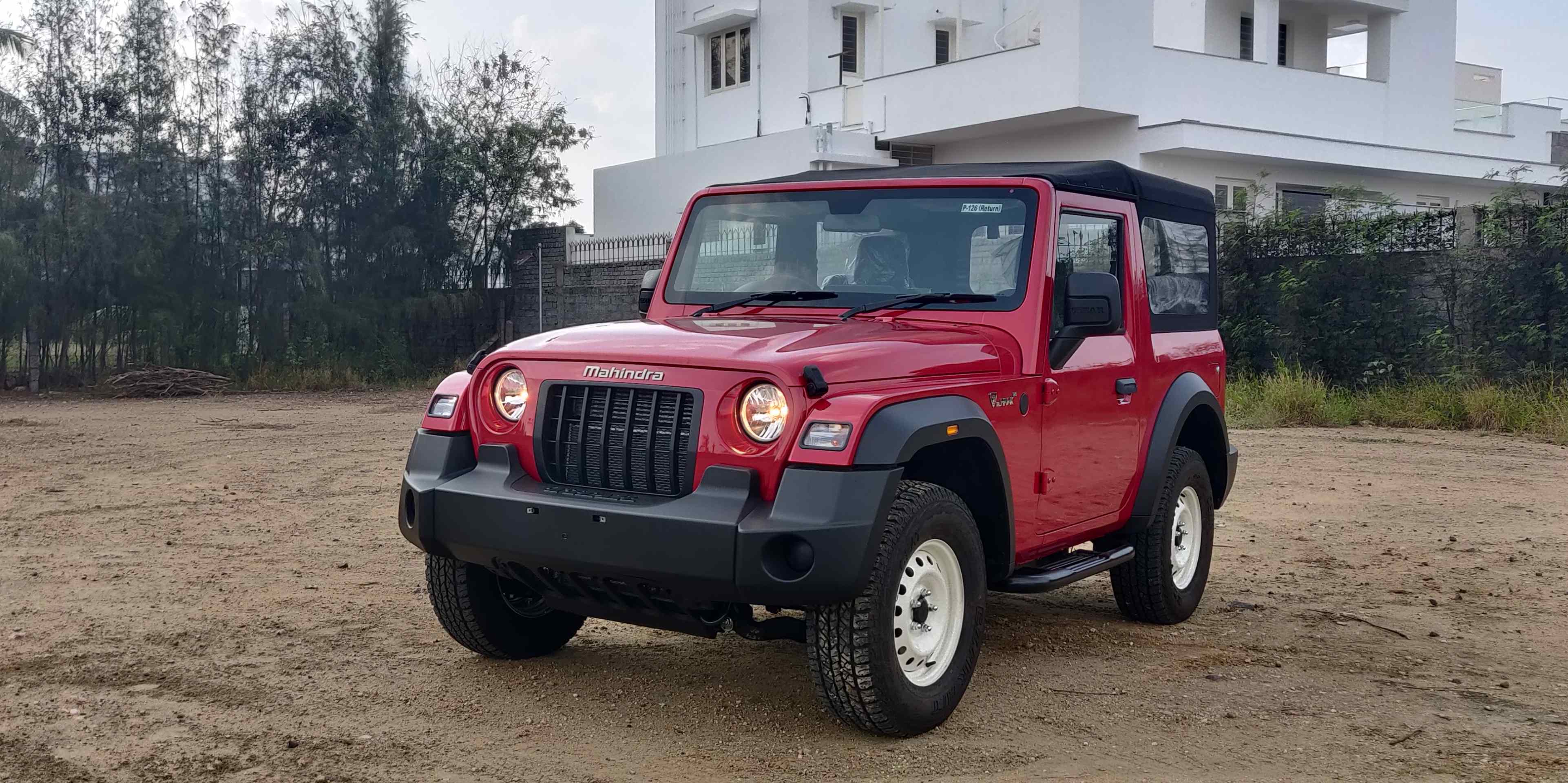
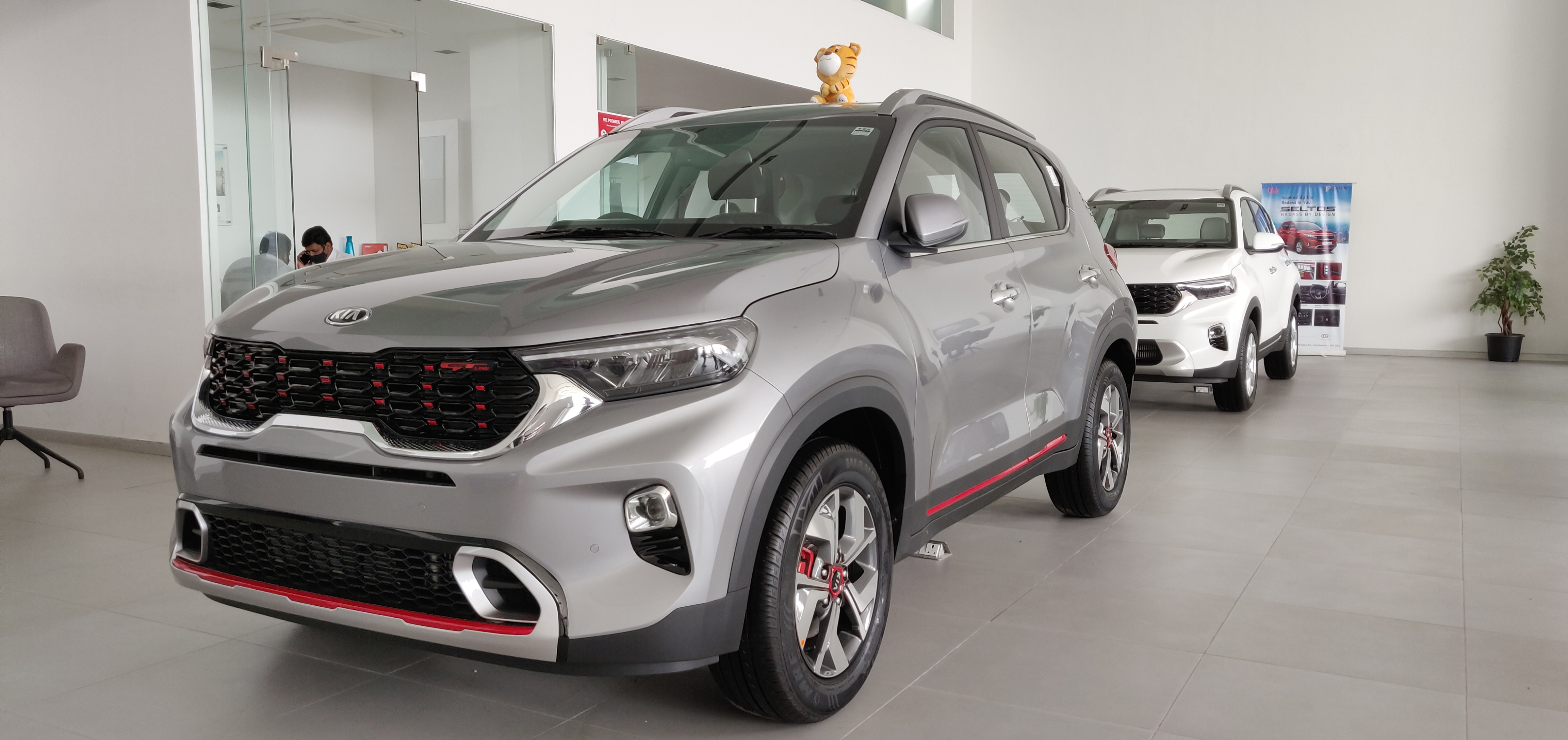
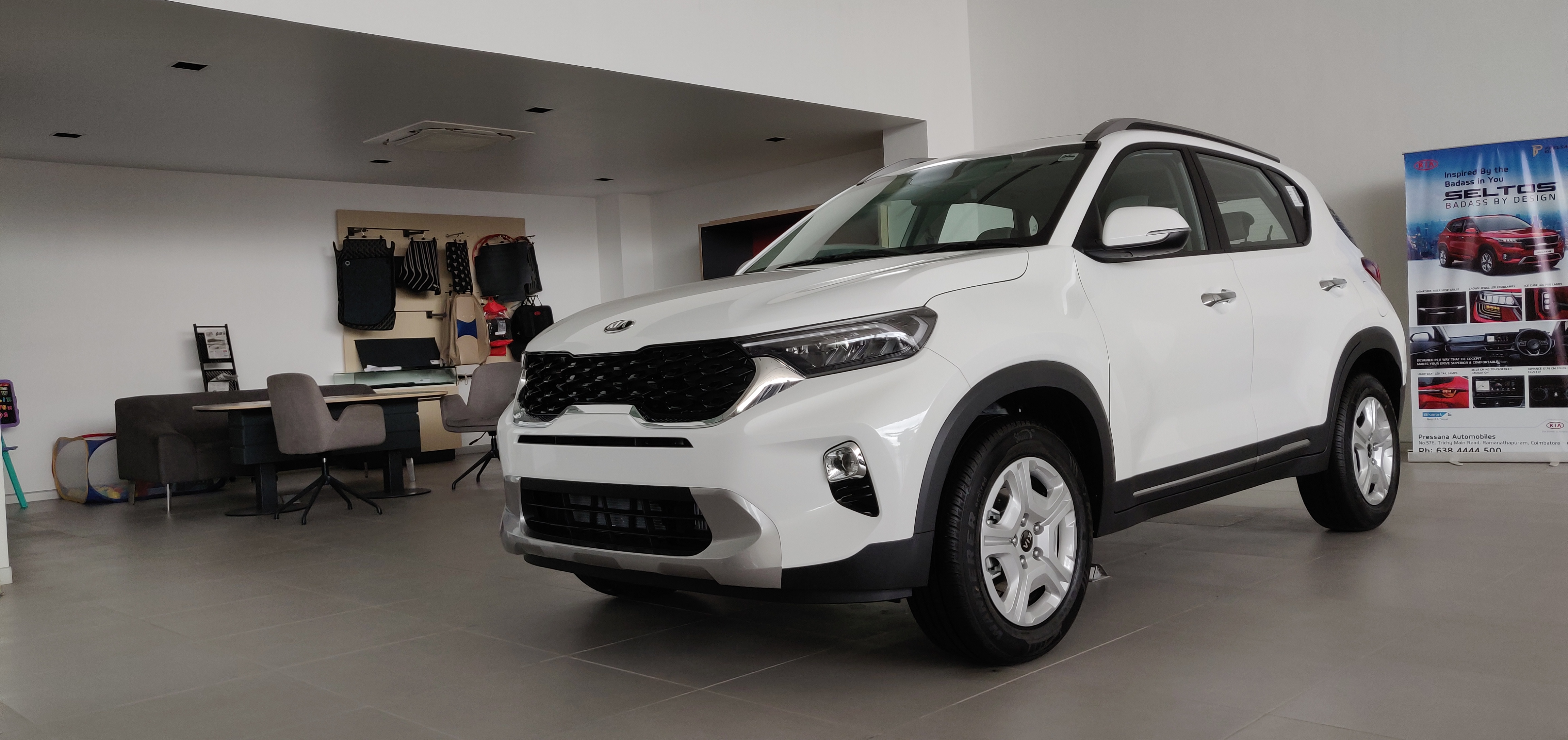
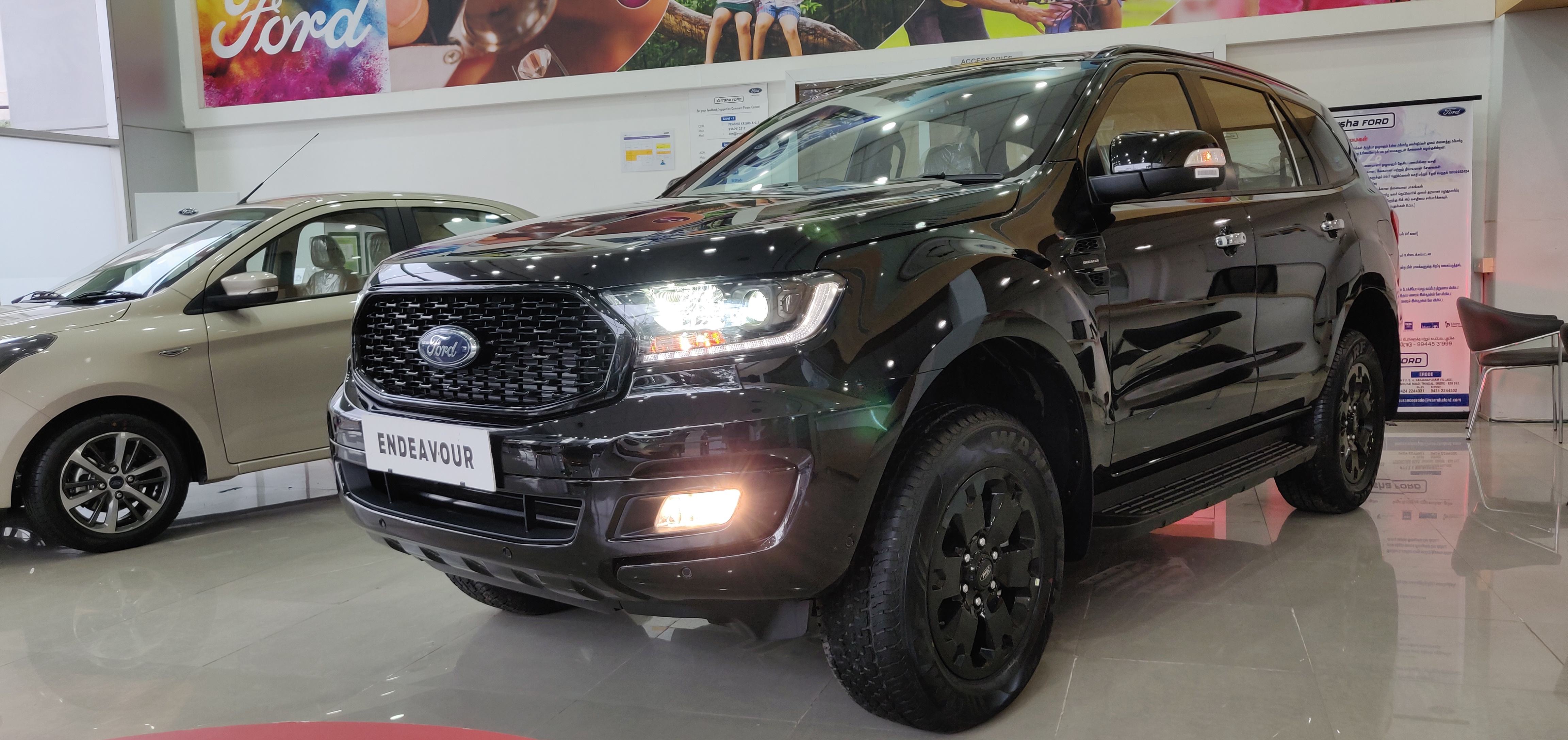
Selective Receptor Modulator buy generic cialis online safely